Cape – Okaukuejo
To find someone compatible to enjoy bird photography with, is mighty difficult. I am therefore most fortunate to have as a brother-in-law, Steven, Renette’s brother. Some of you may remember that a year ago we visited Kgalagadi together and spent some really great photographic time there together. So we put our heads together for another destination and came up we Etosha in Northern Namibia, somewhere where neither of us had visited before.
On Thursday, 4th January I set out from Somerset West along the long N7 road heading northward to Namibia. Steven will be flying in to Windhoek tomorrow from KZN. North of the immaculate Malmesbury, I was interested to see a number of buzzards perched on fence posts within 15m of the road and great lorries thundering past.
Being summer in the Cape, everything is tinder dry, brown and dusty, reminiscent of the lowveld winters. Fortunately, I really enjoy travelling and the many kilometres easily slip past. The northern Cape of course is famous for its flowers but these have long since shrivelled to dust. So brilliant is the light that at Clanwilliam I stop to buy some sunglasses. Thence on past Vanrynsdorp, Garies, Kamieskroon and then Springbok for a 2pm lunch.
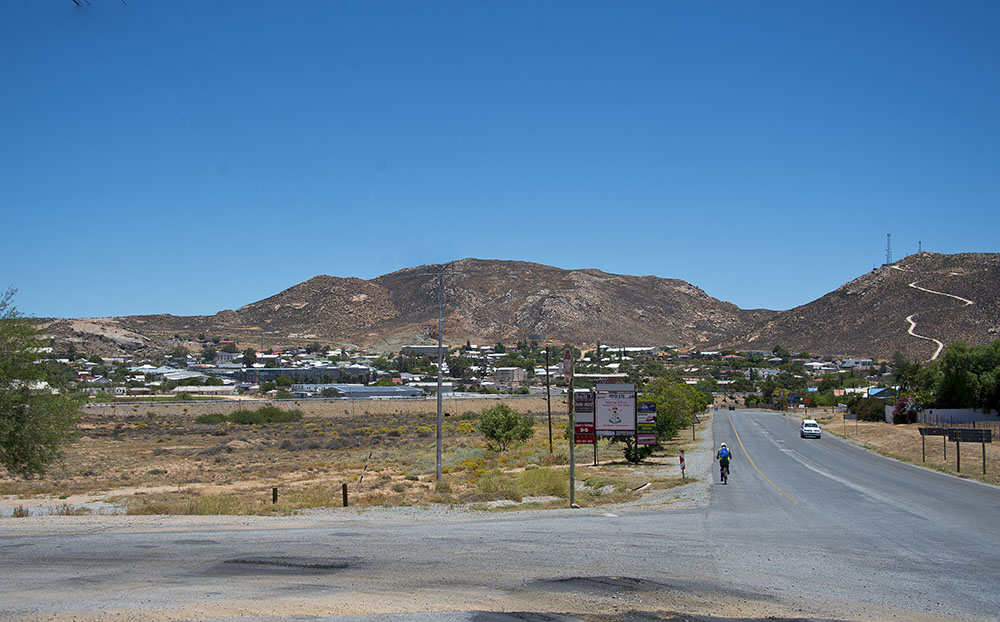
Along the way at my occasional stops, I again find the warmth and friendliness of the Coloured folks so striking. Thereafter, I push on to Vioolsdrift where I will overnight on the banks of a very placid Orange River. As I drop into the very rugged river valley, so the temperature rises to 39°C . Kwelanga Lodge is basic but comfortable and clean and is run by an old Pietermaritzburg couple. They advise me to leave early the next morning timing my border cross over at 6am when the shift changes on the Namibian side of the border and they are less likely to harass me.
Friday, 5th So before the sun rises I do just that. Passing through the clean and efficient SA control, at 5.55am I present myself to the Namibian customs. The warnings were well merited as a pair of slovenly and petty female officers begin a detailed search of my Quantum looking for easy pickings. My well hidden viennas and ham go undetected and at 6am they release me to begin my journey north.
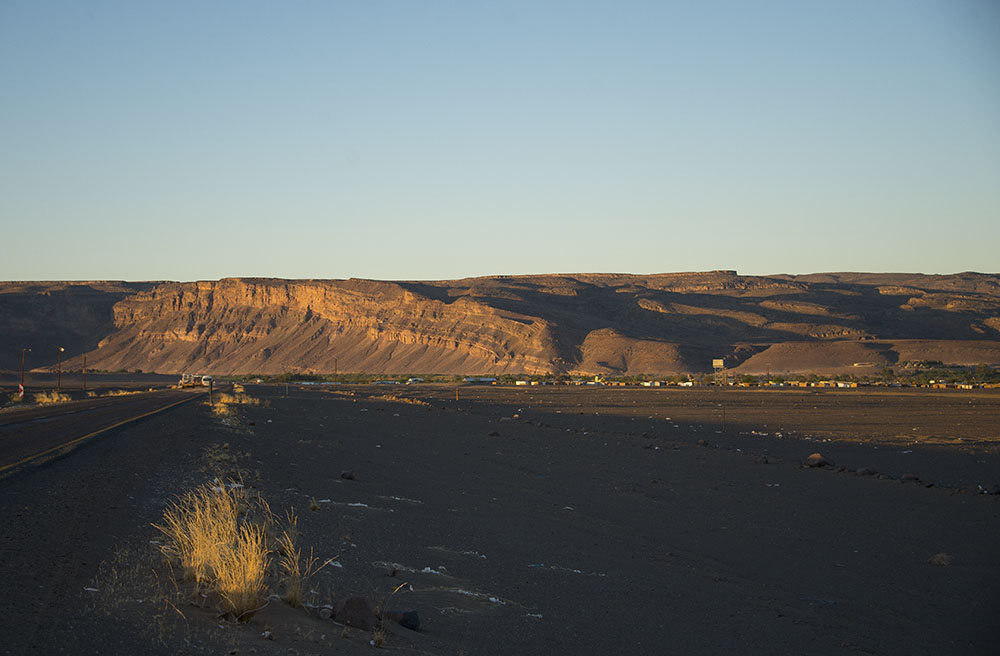
Whereas yesterday’s trip was punctuated by stops at the occasional towns and enlivened by the radio, today there is nothing and no radio coms at all. I begin in the lunar landscape of the Orange River valley and with the rising sun to my right, I begin to pass the oh so arid landscape of southern Namibia. Straight roads and unending sparse vegetation gives way at Granau to at last some trees.
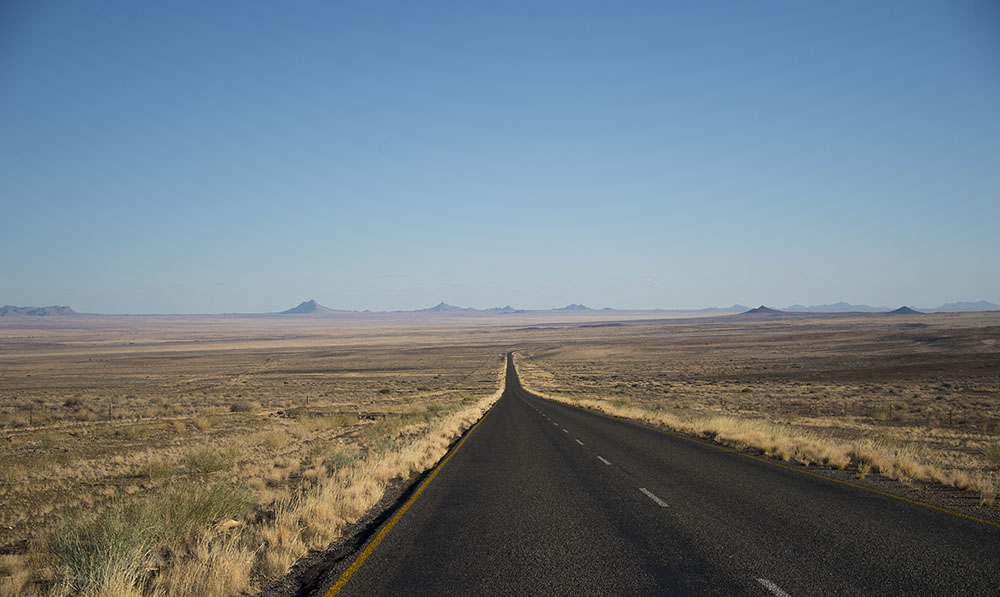
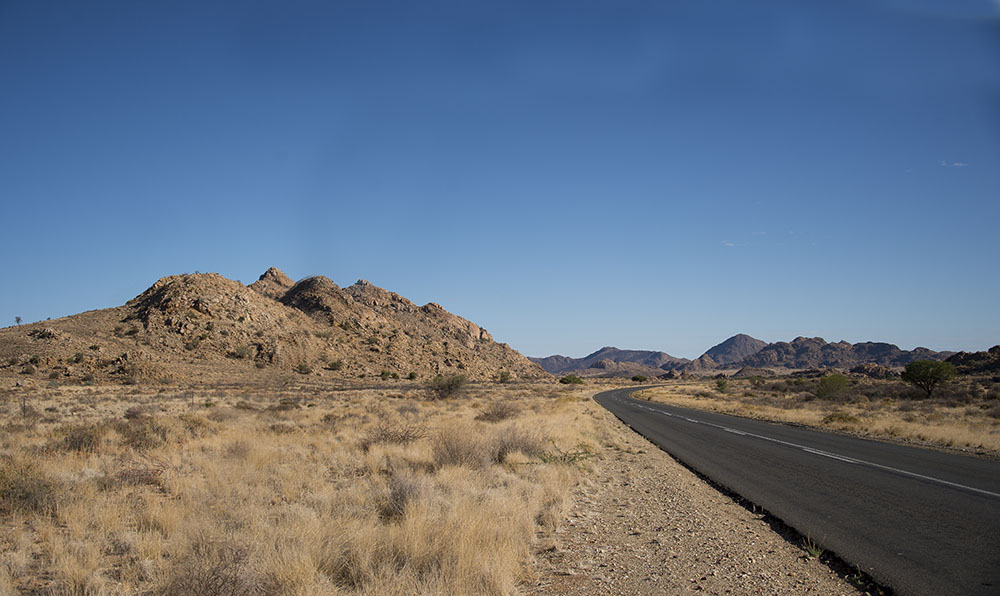
At Keetmanshoop I stop for breakfast at my usual SA type Engen Wimpy and then begin the really difficult leg of the trip, the long 500kms to Windhoek. The road is mostly uneven and narrow and many big lorries thunder by leaving little room t0o squeeze past. The temperature rises to 35°C and the midday white heat is oppressive. Some 150kms south of Windhoek, the vegetation begins to change as grass and trees appear. The distinctive hills around Windhoek are actually green and many storms are sweeping about.
I am due to meet Steven at Windhoek airport at 5pm Signposts are scarce in Windhoek and with my SA GPS not working I have an awkward time finding the road out to the airport – some 40km east of the city. I finally reach the airport where I buy a SIM card for the phone which re-establishes my GPS. The small airport is functional and clean. The Namibian Dollar and SA Rand are linked 1:1 and at an ATM where I wished to withdraw some local currency, Rand notes are issued. In fact Rands are used everywhere.
Steven arrives on schedule and guided by my GPS, we head for our overnight lodge back in town. This is run by a German lady so it is a given that the place is immaculate. The electric SA type fence around the property suggests that Windhoek too has its problems, confirmed by our hostess who says that rising unemployment, poverty and population growth has spurred on crime – albeit not to SA levels. Namibia seems to fly below the radar so I was interested in what I may find. Disappointingly, and like in SA, Namibia is ruled by a typical old time Communist party and President and the same problems as back in SA are present here – on a smaller scale. The street names say it all. Robert Mugabe, Fidel Castro, Che Guevara, Sam Nujoma all leaders who led their countries to ruin but so revered by the Namibian rulers. Oh dear, Etosha calls.
Saturday, 6th Before sunrise we are on our way through the clean, quiet streets of the city northward along a plain between the the grassy and well wooded hills. I noted at the airport that the elevation here is exactly the same as OT airport in JHB – 5,300 feet above sea level.
At Okahandja we stop for breakfast at our usual Engen/Wimpy and then press on to Otjiwarongo where we stop to fill with fuel. A cheery pump attendant knows some isiZulu and asks me if I have ever been in these parts before. I reply that almost 50 years ago I was in the army here “trying to shoot his grandfather” which he found most amusing.
And then onto the final 180km lap to Etosha itself making that about 2,000km since leaving Cape Town. I encountered not one pothole along the road which is good going. 17Km before reaching Okaukuejo camp we enter the Etosha Park Anderson gate. (Anderson was a Swedish explorer who first discovered the Pan. The vegetation is scrubby with some Mopane present. Approaching the gate the ground becomes whiter from calcrete which gives Etosha its name – the Great White Place. Then on into Etosha Park itself.
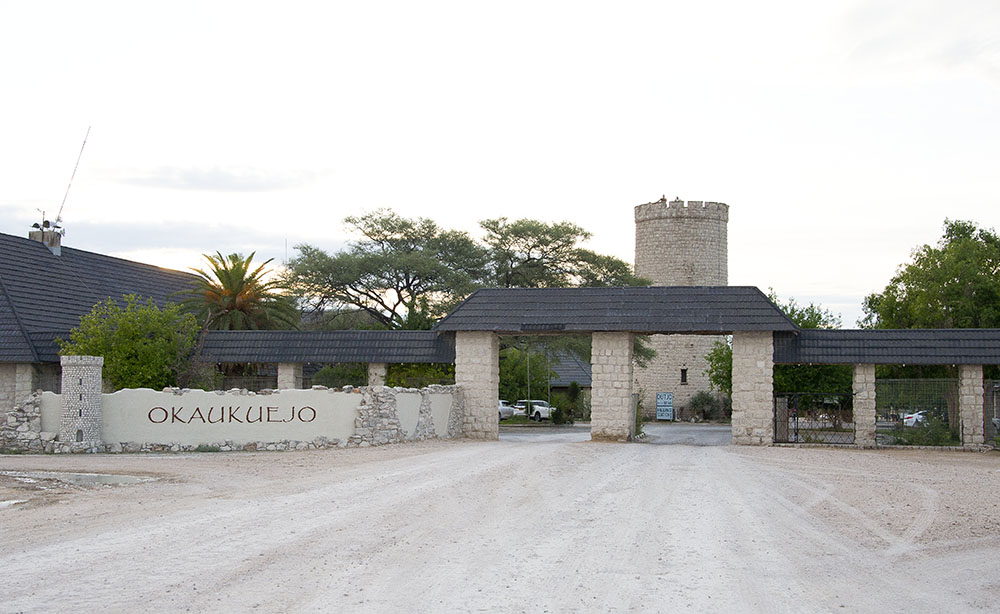
The rather romantic sounding name – Okaukuejo – rather unexpectedly means “the woman who bears a child every year”. The camp itself is impressive. The main buildings are built from attractive pale coloured stone.
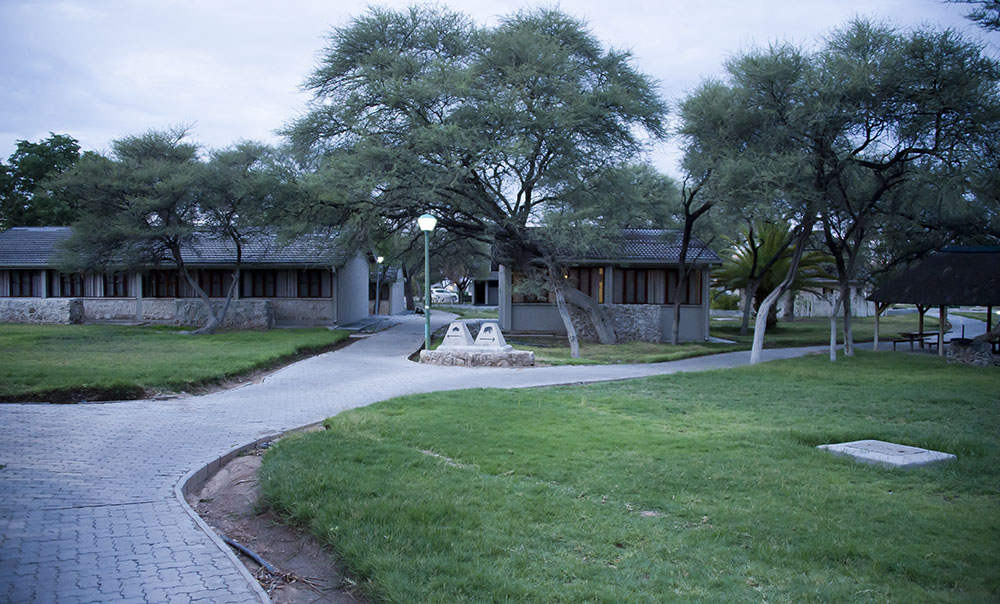
Namibia is rather like another province of RSA. That SA once governed South West Africa has left its mark in so many ways. None more so than with the Reception booking in formalities which is just like Kruger. Even the Park roadmap is almost identical to Kruger’s. What is different though are the camp gate opening and closing times which coincide exactly with sunrise and sunset and change from week to week. Thus the gates at present open at 6.17am and close at 7.34pm which is a good system although I would prefer 20mins before and 20mins after.
Before accessing our chalet at 2.30pm, we have a quick look around camp and note the famous waterhole that is floodlit at night.

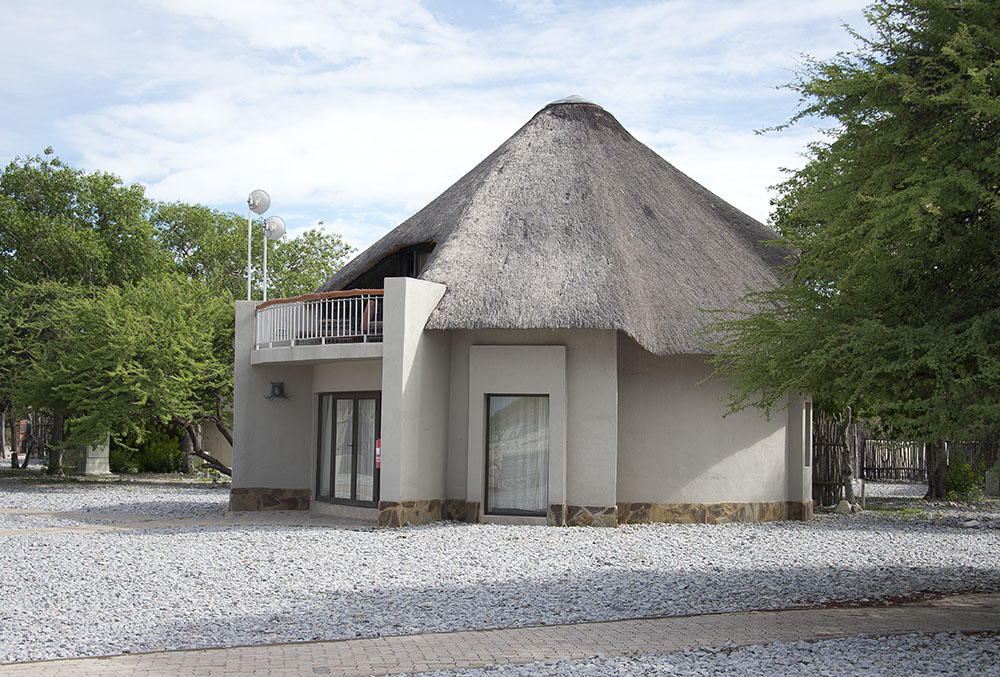
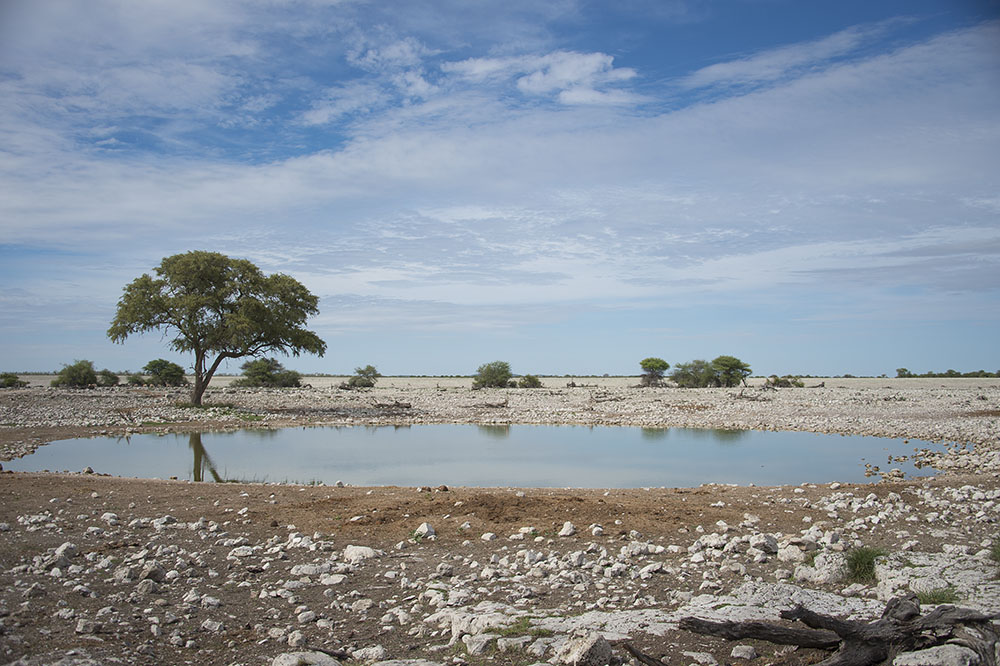
A nearby shack accommodates two large pumps that draw water from a borehole which replenishes the waterhole. The chalet is comfortable and I constantly think that Kruger could learn so much from Namibia Wildlife.
Please remember folks that this is primarily a BIRD photography trip and the emphasis of this blog is going to be there.
yr.no weather has forecast rain later today and tonight and judging by the clear afternoon sky, they have got this one wrong. At 4.30pm we venture out and travel the ‘grassland’ road northwards to the pan itself, some 20km distant. Grassland actually means no scrub at all but some low gorse bushes and not a single blade of grass.
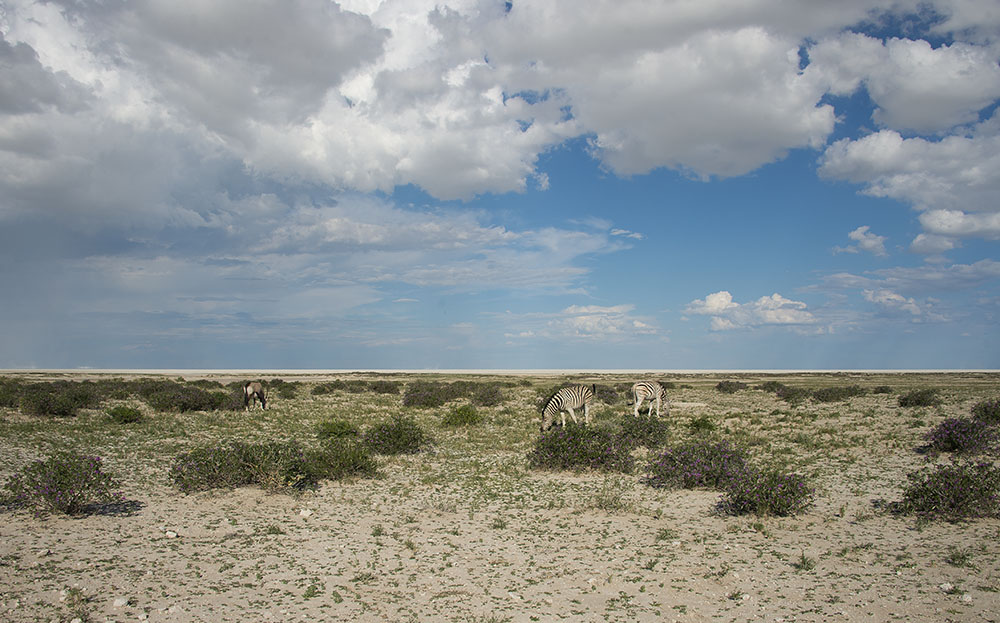
We pass a jackal, small groups of springbok and a lonely gemsbok and one marvels how they survive this environment with no shade at all, high temperatures and no water to be seen. At Onkondeka at the edge of the Etosha Pan, only a small pool of water is to be seen with a pair of Shelducks in attendance.
We turn and creep our way homeward. Now, as in all deserts, there is life in this seemingly barren wasteland. Steven is so enthusiastic and in no time has found some larks that he has never seen before. He is a tonic on this type of trip.
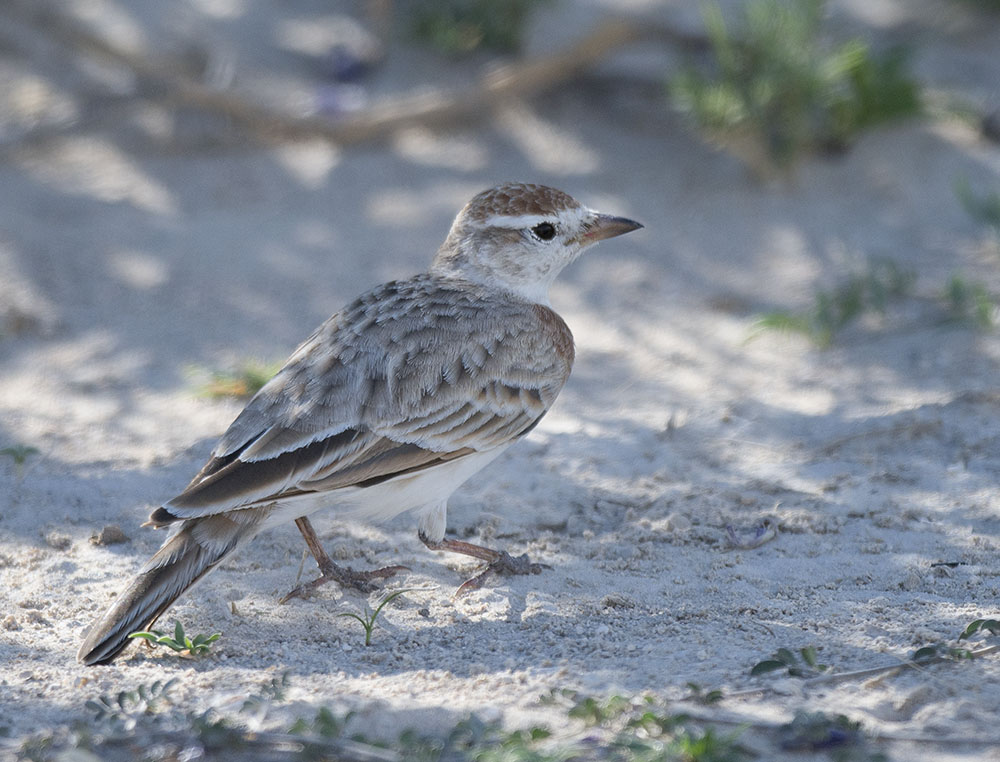
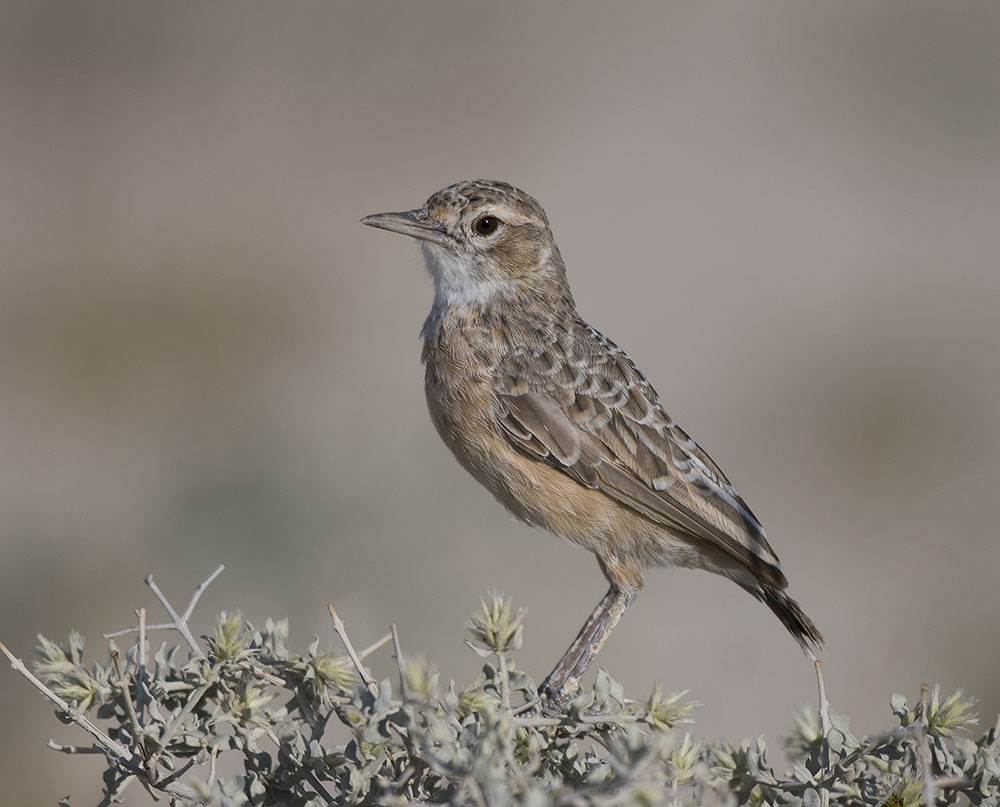
We next come across a lovely Greater Kestrel.
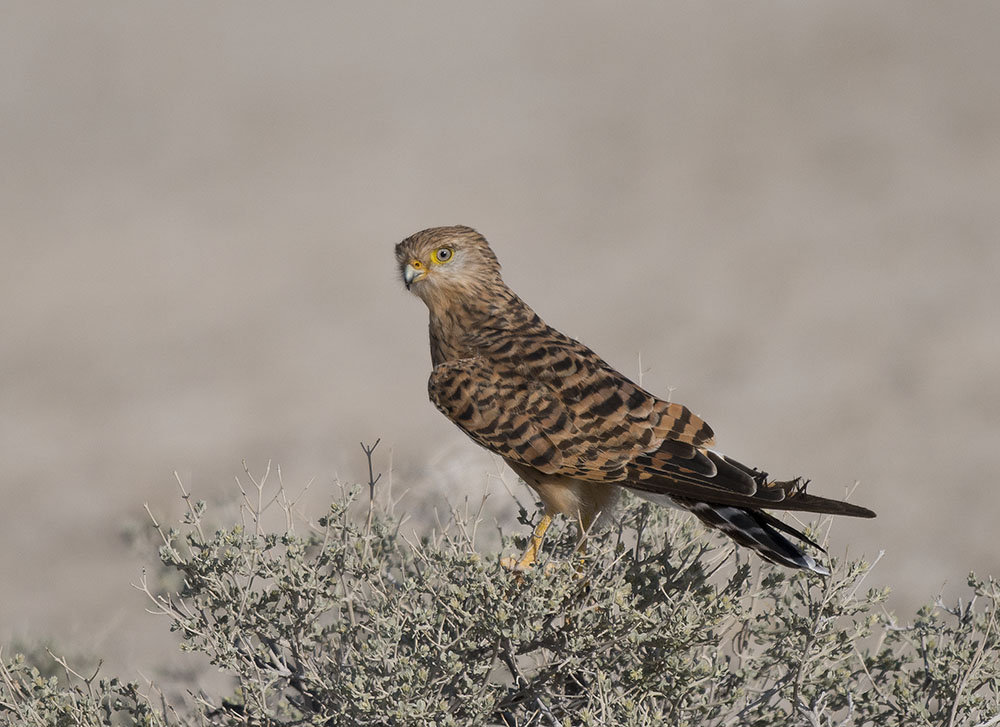
A Northern Black Korhaan gives us a show.
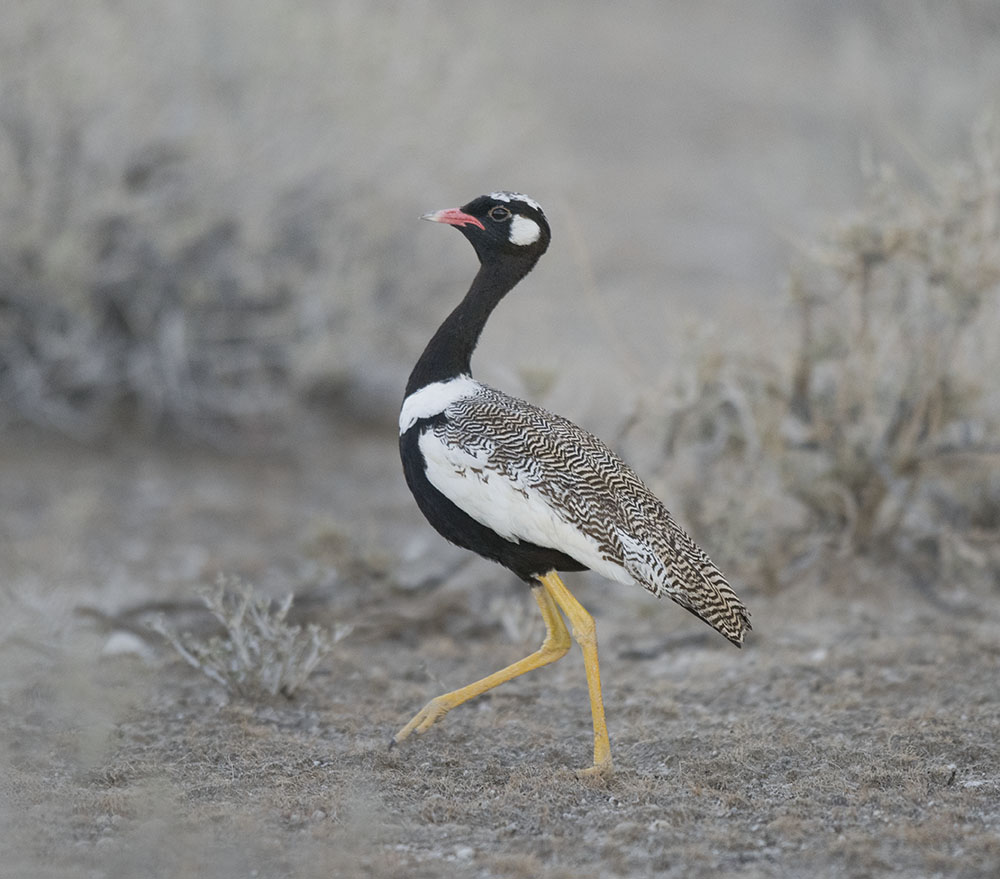
All the while the clouds are building up to the south-east with curtains of rain sweeping from their bases and lightning flashing.
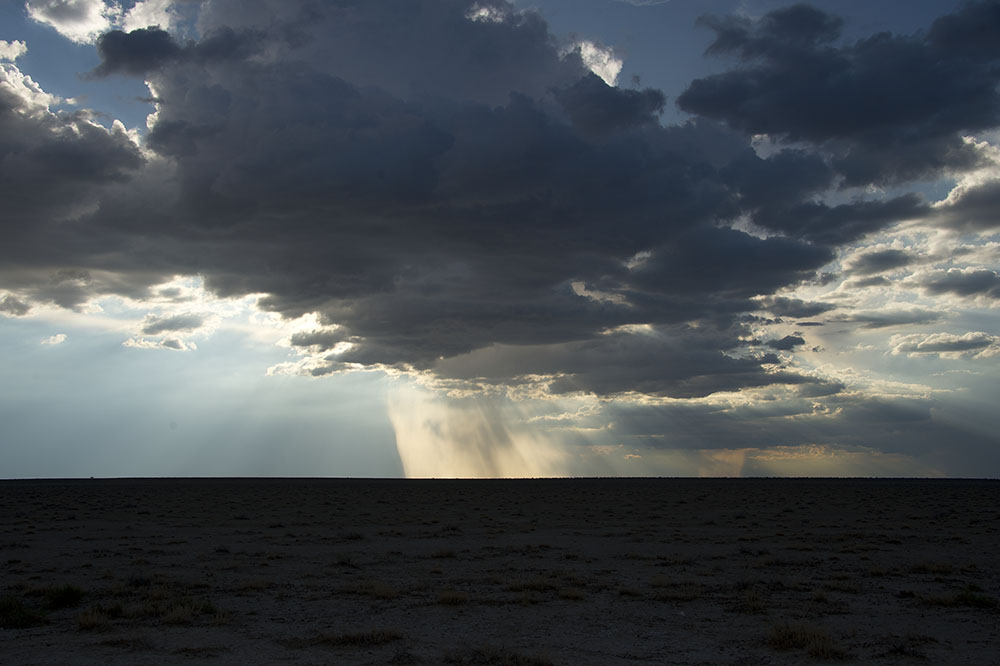
We enter a dust storm caused from the downdraught from the storm clouds.

As we reach camp, the rain begins to fall heavily and in no time the roads and pathways are awash. yr.no had the last laugh and magically forecast just this.
At the restaurant, we are rather unimpressed by the threadbare menu but being rather unprepared for self catering, we are forced to partake. And what a good meal it turned out to be. Delicious, wholesome and plentiful. Which makes me wonder again, how does Namibian Wildlife get it right where Kruger failed so badly for so long before outsourcing their catering.
No doubt as a result of the storm, the water runs out in taps and stays out for almost two days.
Sunday, 7th Good falls of rain occur throughout the night and it is still raining this morning. We delay our early start into the Park and instead have breakfast at the restaurant which opens at 6.20am, again so considerate towards tourists who eagerly want to get out into the Park as soon as possible. And what a spread they provide. A friendly chef tells me they he has worked for 20 years in the Park and for 12 years at Okaukuejo and he is certainly an asset here. Thereafter it is still raining which is wonderful for the parched Park but not good for bird photography so we retire to the chalet and wait for the rain to lift.
At 8am we venture out camp and head out east towards Gemsbokvlakte waterhole. The roads are soaked with large pools of water everywhere – such a contrast to the dry heat of yesterday. Tourist bakkies are common here too and one coming the other way tells us that a Black Rhino is 1km further back and a pride of lions 4kms beyond. Notwithstanding, Steven and I creep along photographing birds as we go. The Rhino we do not see but eventually we come across the lion pride doing what lions do best – sleeping.
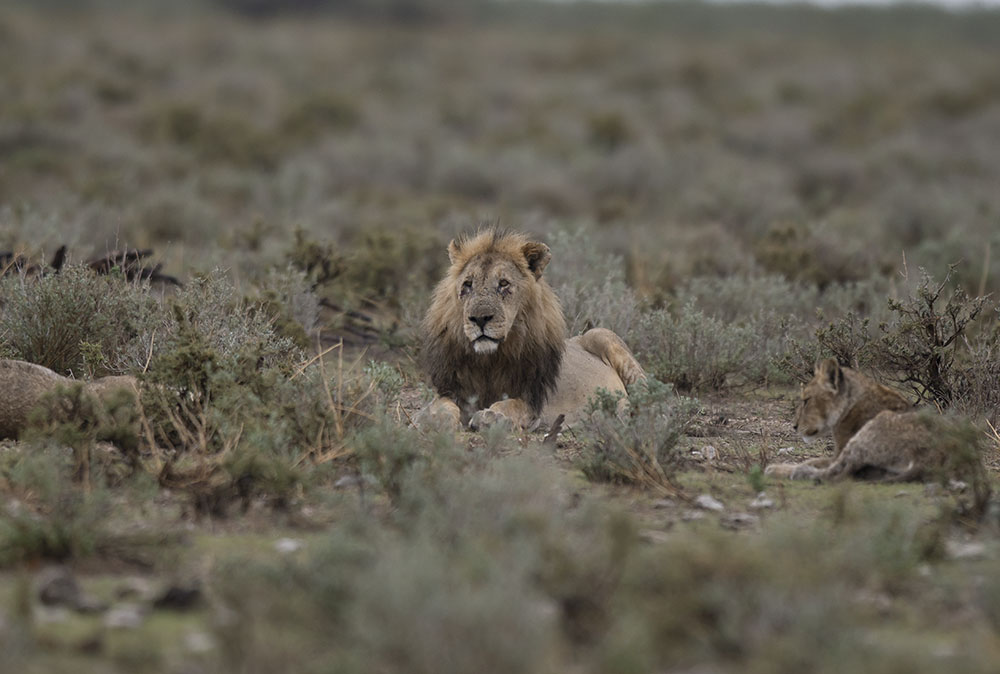
At the waterhole we turn northward and after a couple of Kms come across a pair of beautiful Red-necked Falcons. This is really exciting for us as these beautiful raptors are not common.
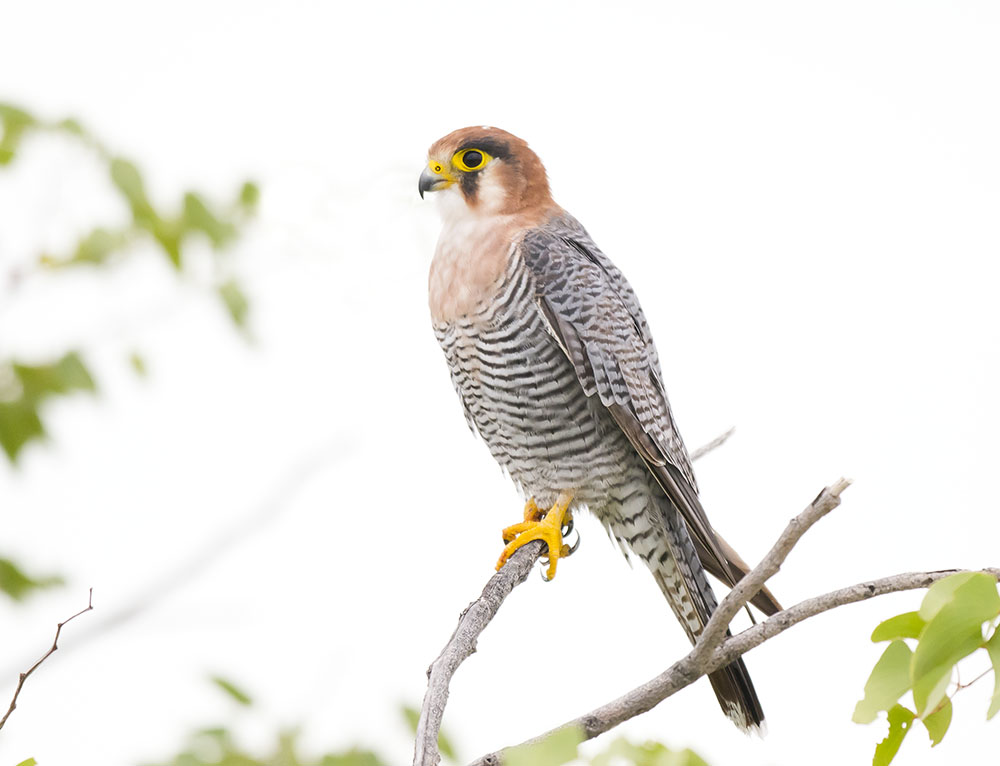
Further on a Tawny Eagle
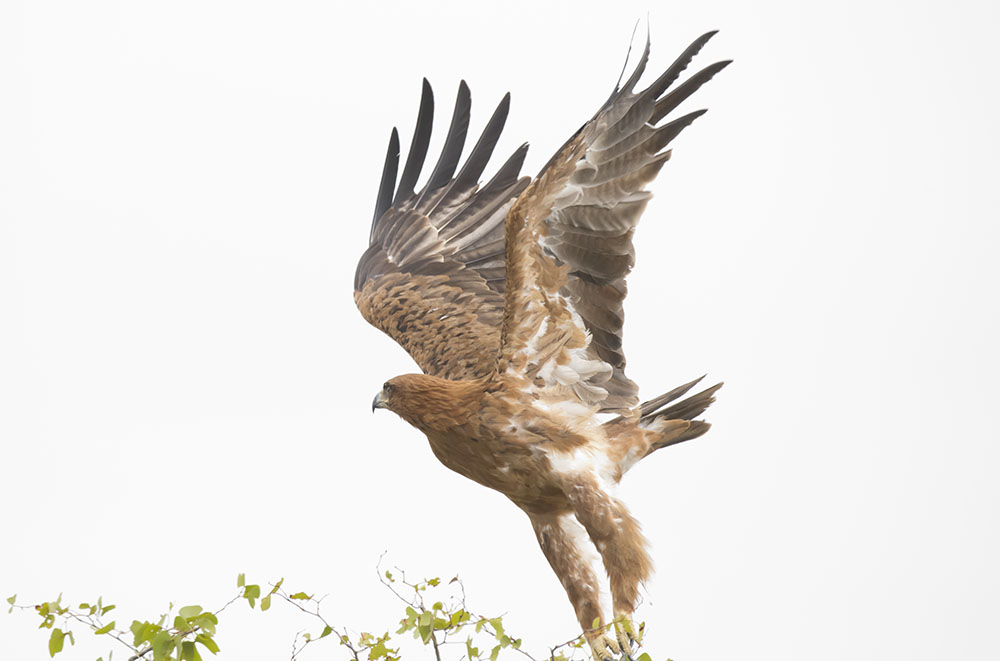
This afternoon we go south down the main road to near Anderson entrance where we turn east and take the gravel road back towards camp. Immediately we come across a Bronze-winged Courser next to the road.
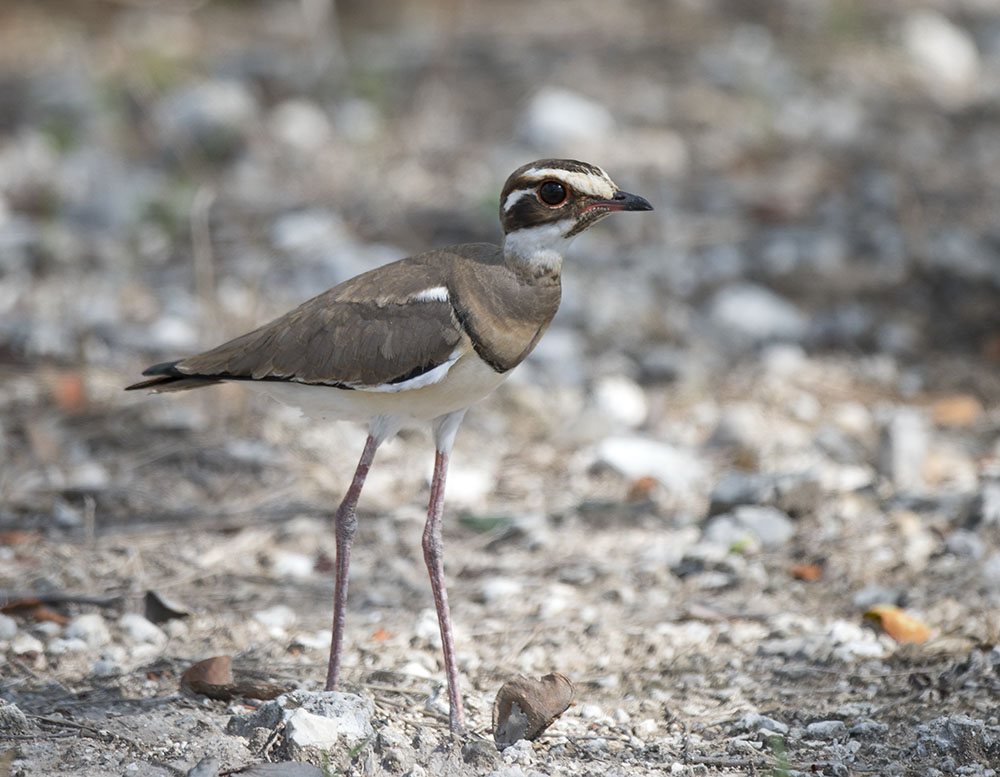
This is followed by something new for both of us – a small group of Chestnut Weavers which are endemic to this region.
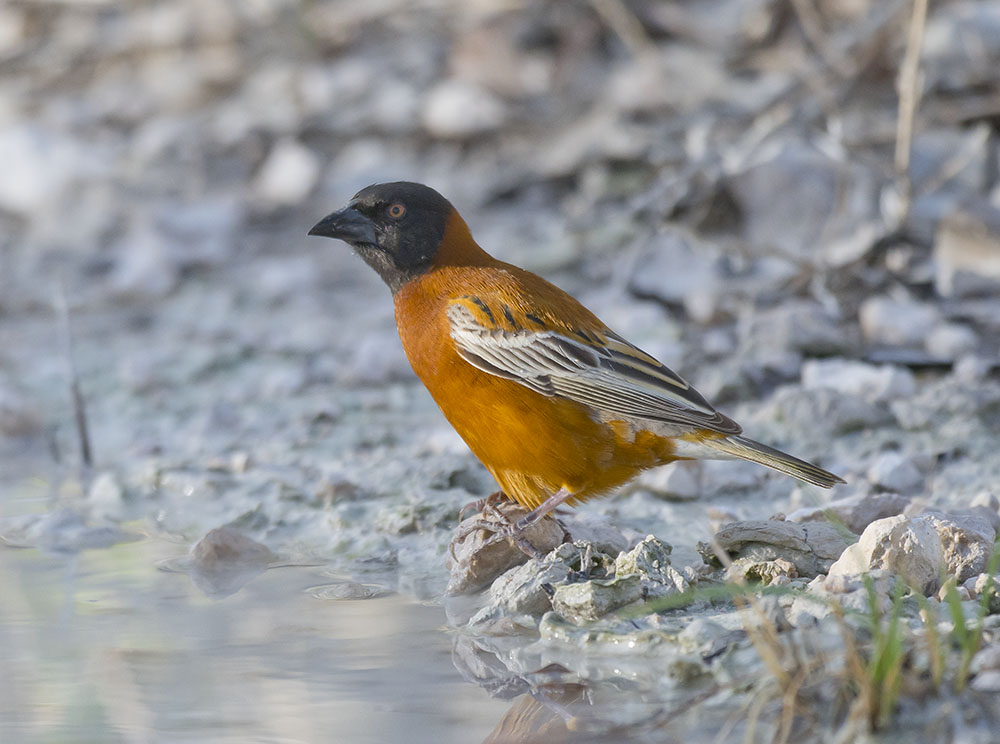
Further on we come across a pair of beautiful Lanner Falcons that are a little distant but within our range. These Falcons are such magnificent birds, built for speed.

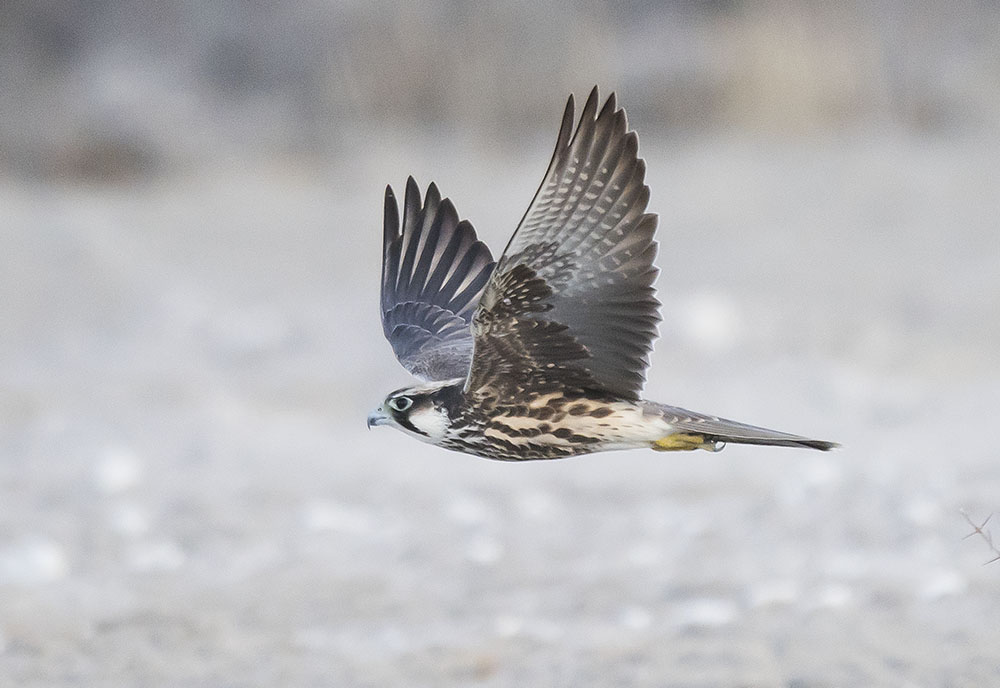
Today has been terrific and we are ecstatic about what we have seen. New places always bring new birds and it is thrilling to photograph them for the first time.
Monday, 8th This morning we head out east along the main road towards Halali.
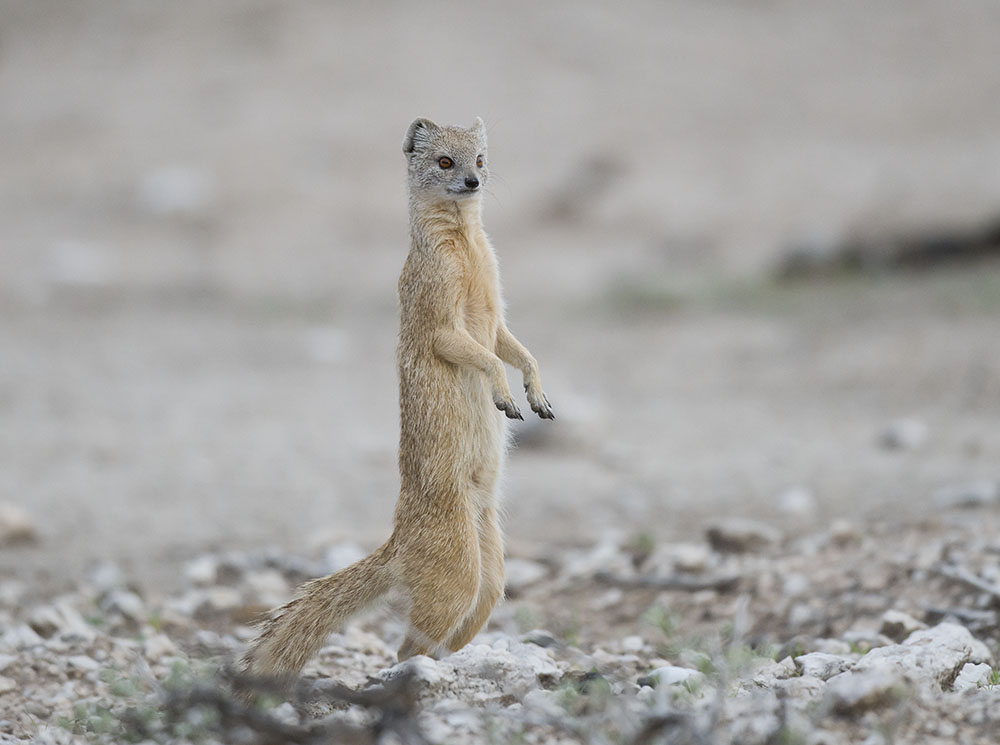
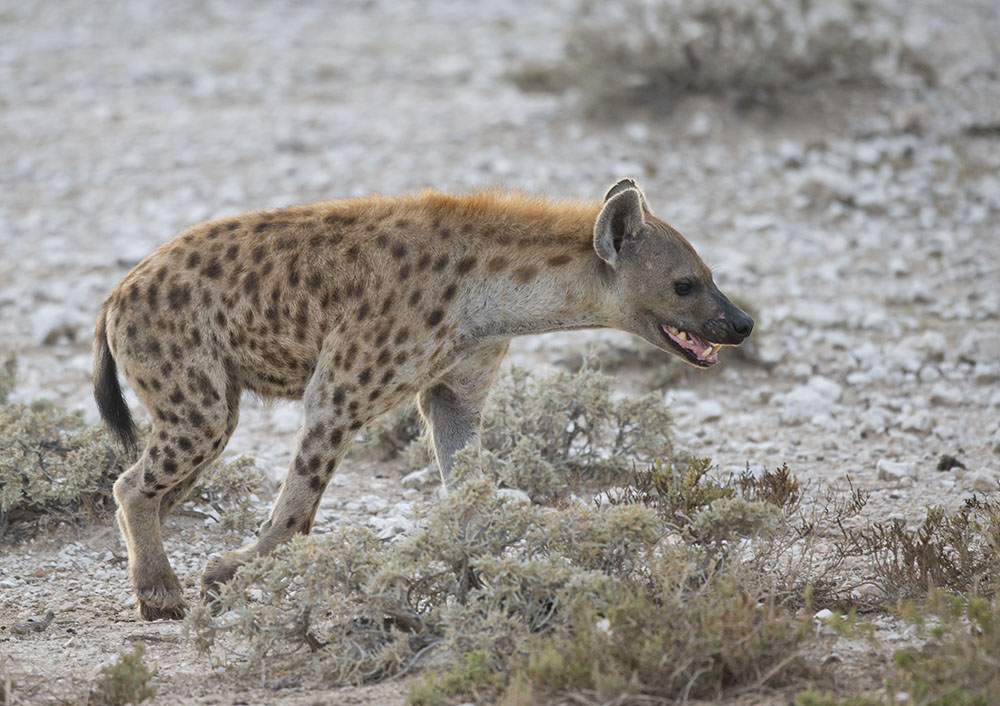
After 14km we turn off towards Gemsbokvlakte.
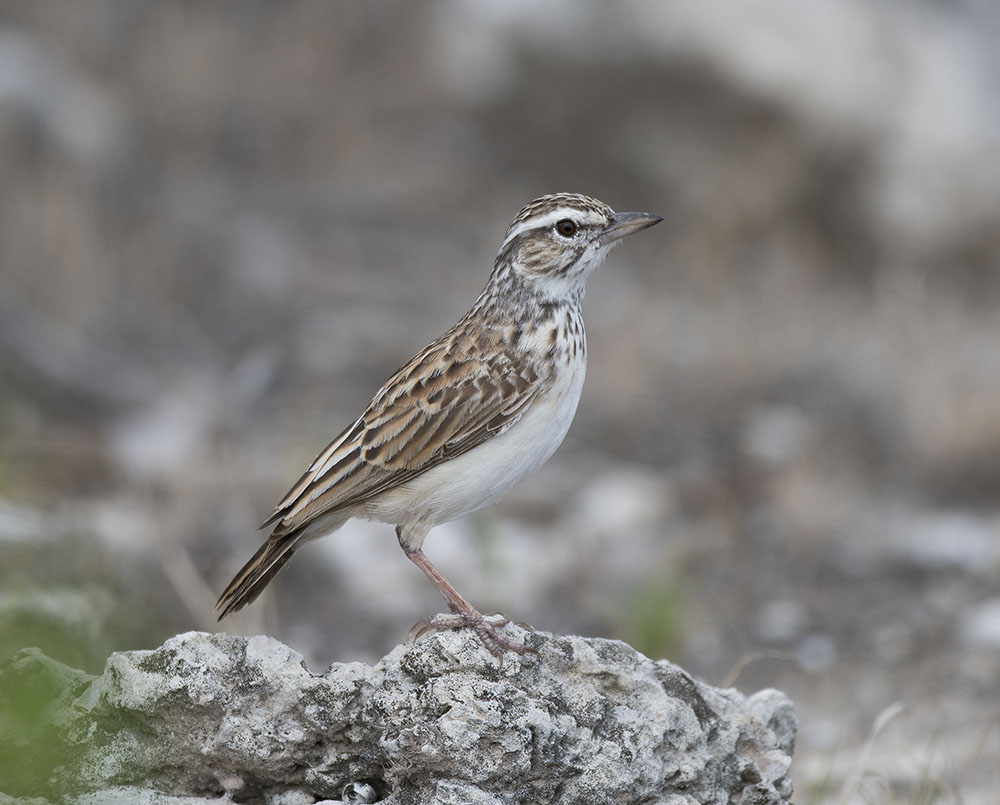
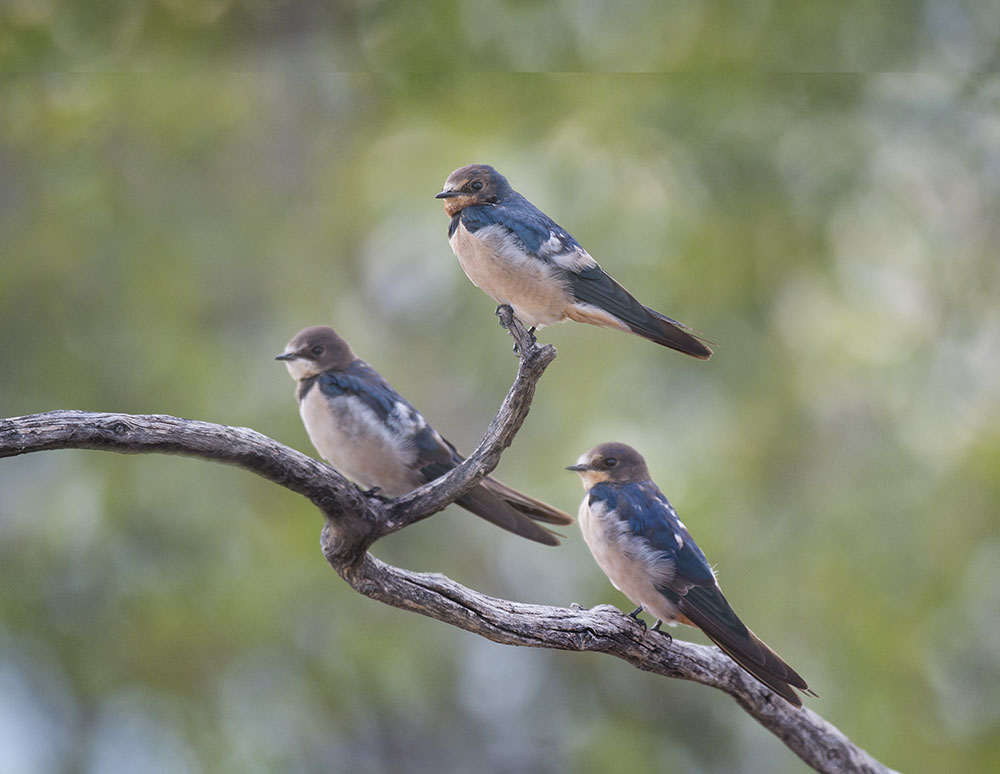
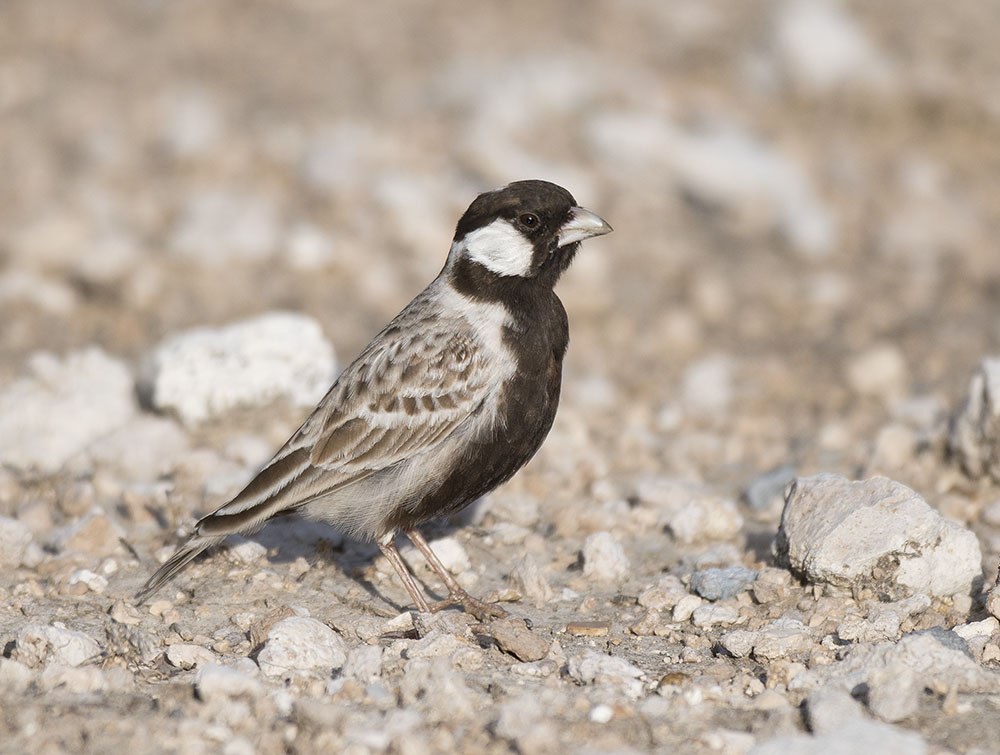
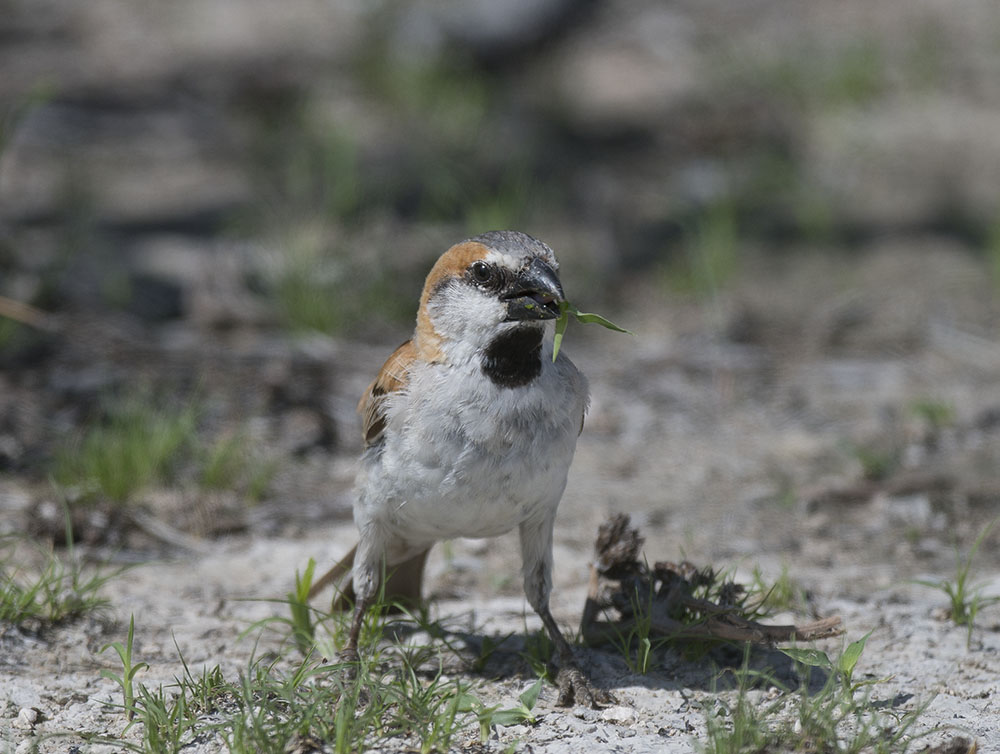


This afternoon and after yesterday’s success, we repeat the same route again – down to Anderson’s gate – but this time we are not nearly so successful.
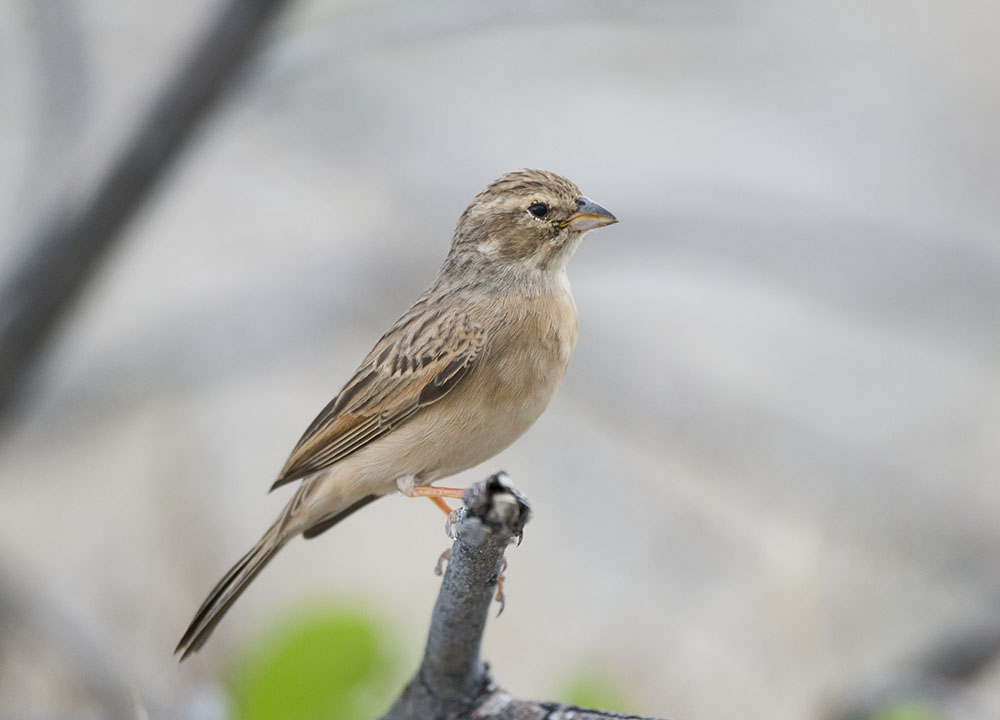
A black rhino and calf cross the road ahead and flee across the deserted plain only slowing down in the distance. Etosha too suffers the scourge of poaching and lost 46 to poachers last year. There are about 260 black rhino in the Park and we were fortunate to see 7 of them.
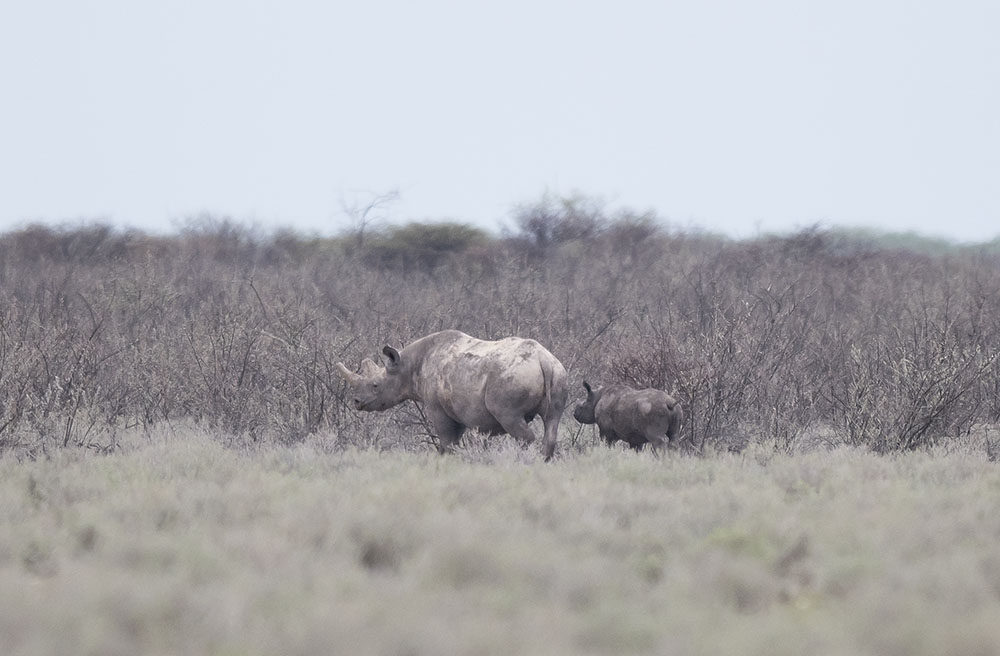
Back at camp we find that there is still no water in the taps…… and no internet.
Tuesday, 9th After early breakfast and under grey skies, we take the road that heads west to Dolomite Camp some 180km distant. After a pretty barren start we come to some kameeldoring trees which have been a rarity up until now.
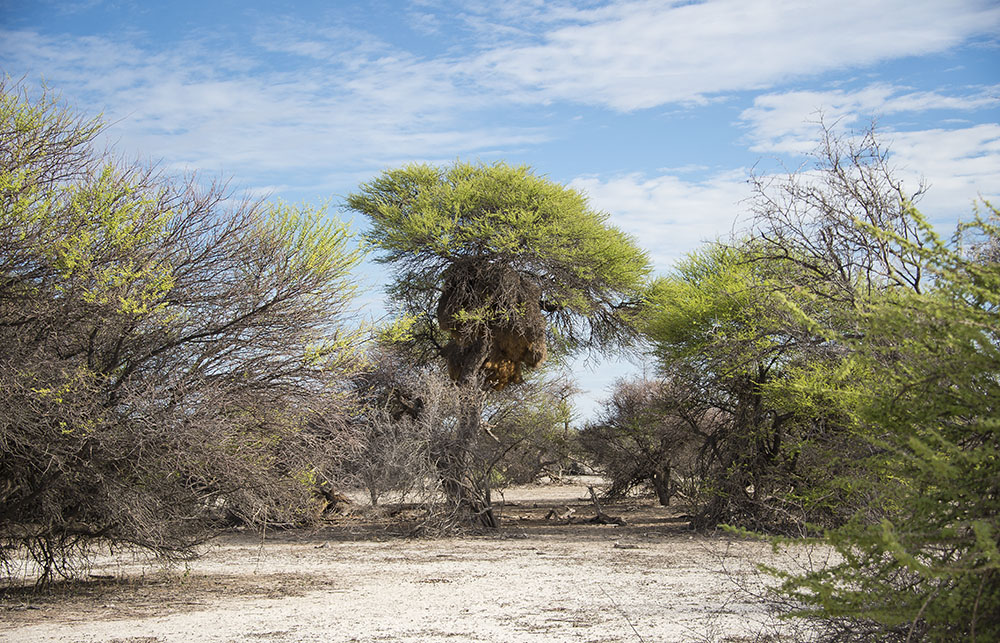
Sociable Weavers usually attract the predatorial Pygmy Falcon. We play its call and immediately the speaker is mobbed by the weavers.

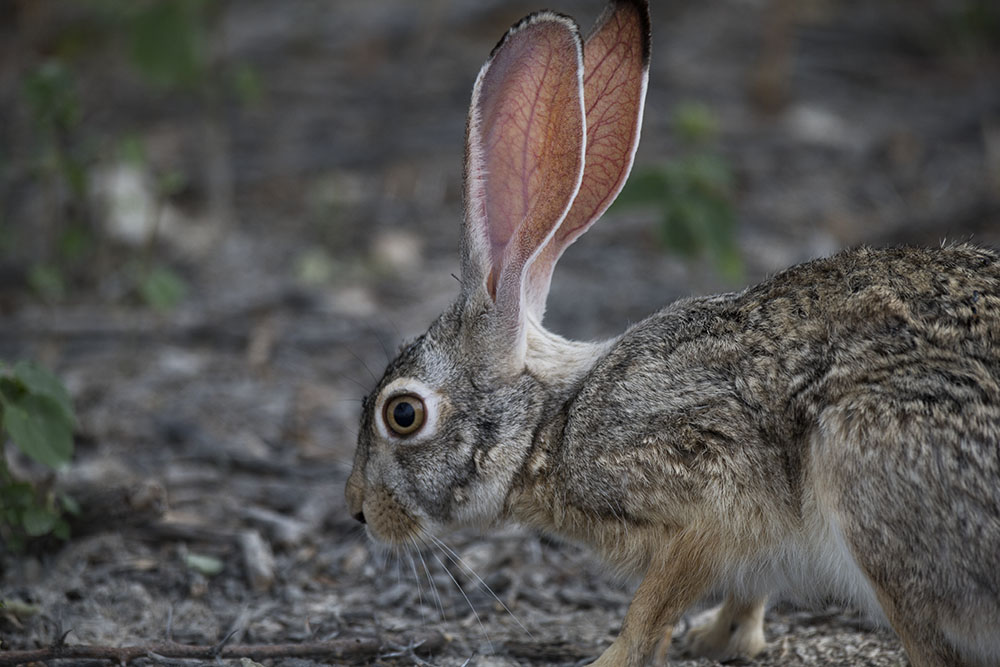
Thereafter we come across a pair of Temminck’s Coursers.

We then cut across to Okondeka again and gaze out across this amazing Pan measuring approximately 170 x 50 Kms.
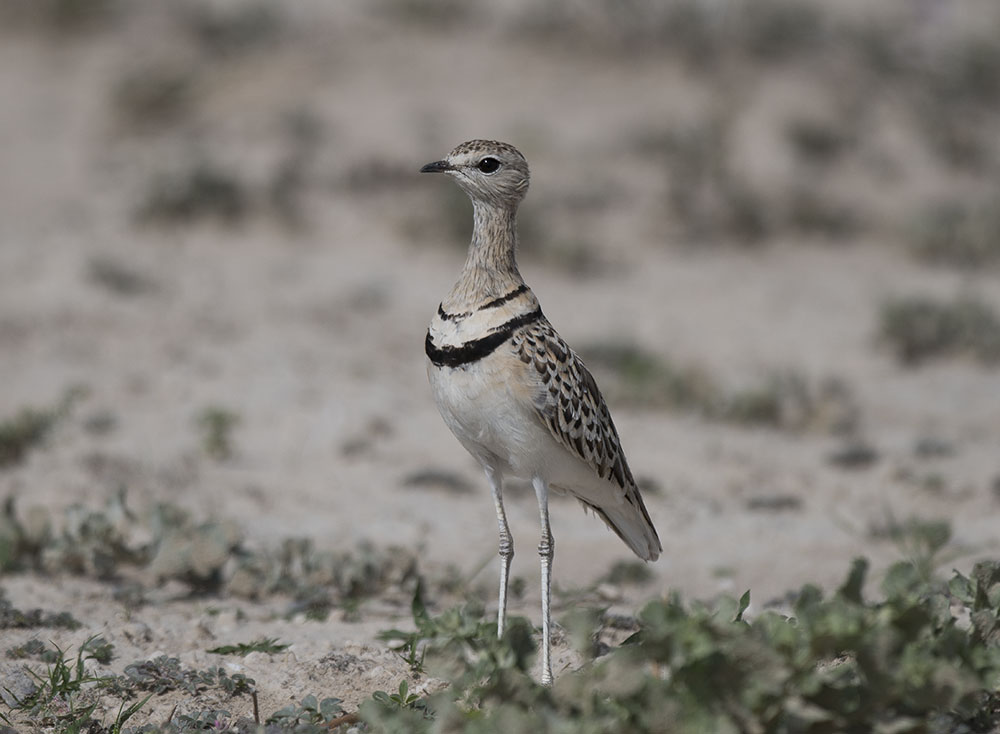 Double-banded Courser
Double-banded Courser
At the Wolfsnes water point we find springbok, gemsbok, pratincole and a Wheatear.
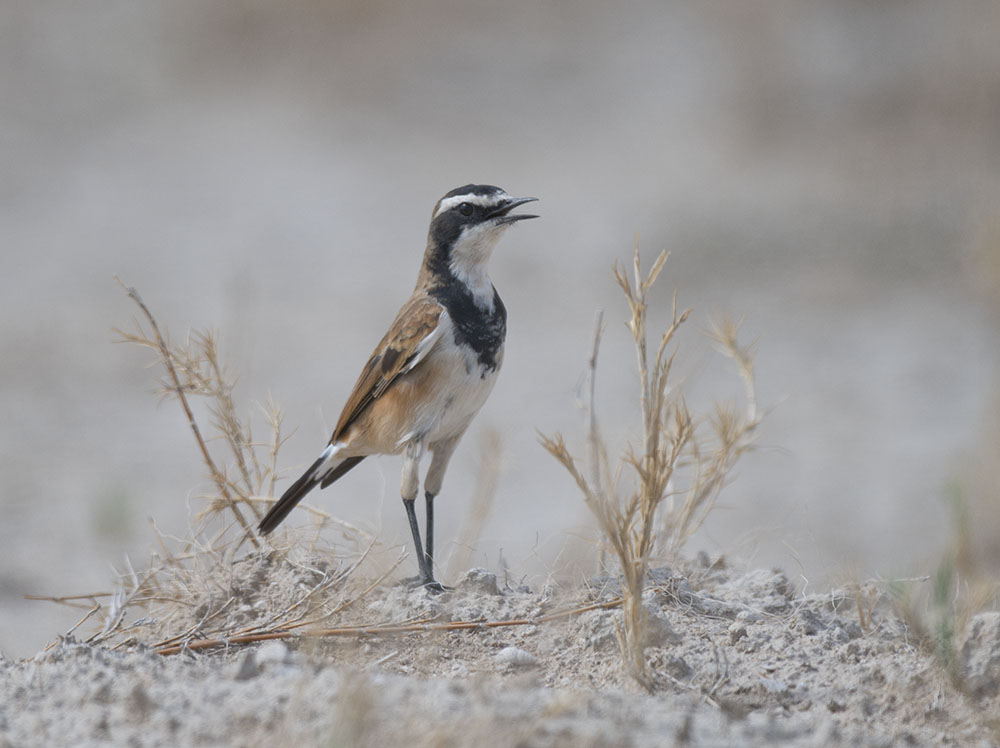
We return to camp at 11am as the photographic light becomes bad.
This afternoon we are on the trail of the Rufous-eared Warbler which we have learned have a breeding colony 14km some east of camp. Non-birders may be puzzled that such a small bird can have such an attraction but therein lies the thrill of the hunt. Both Steven and I are not the usual birding ‘twitcher’ whose goal is to tick off as many bird species as possible. Our goal is to actually photograph as many species as possible and the thrill of adding a new bird to our list is where we get our kicks.
At the 14km point we set up our bird caller and amazingly a Rufous-eared Warbler answers from the low gorsey type vegetation lining the road. After some lengthy coaxing we at last have our quarry flaunting himself on a convenient twig. We return to camp well satisfied.
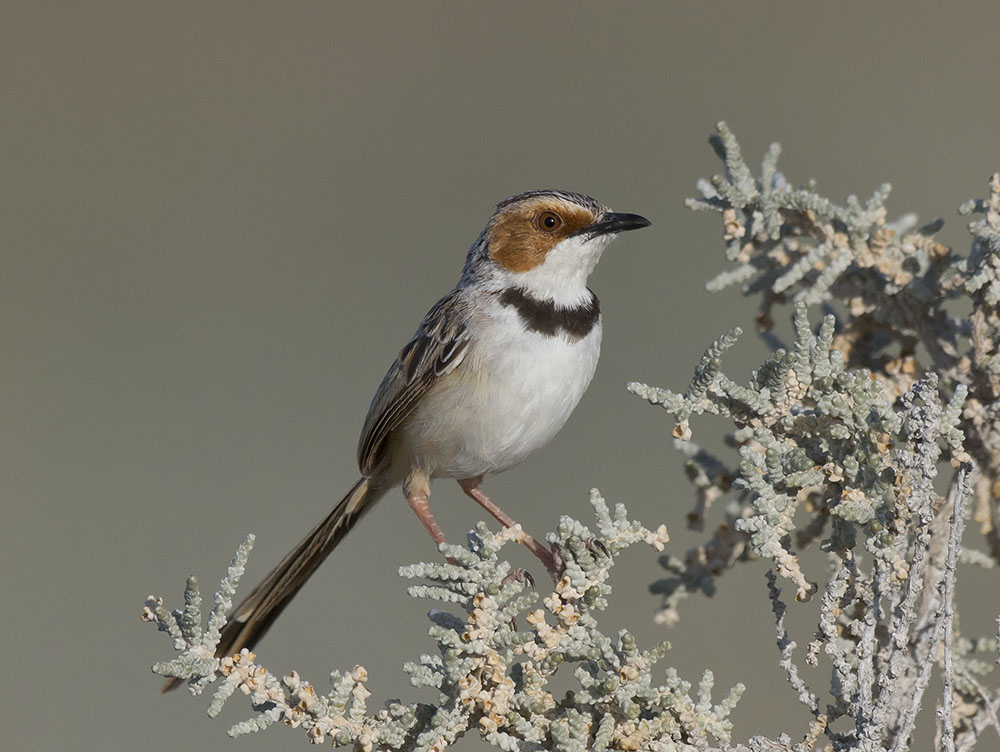
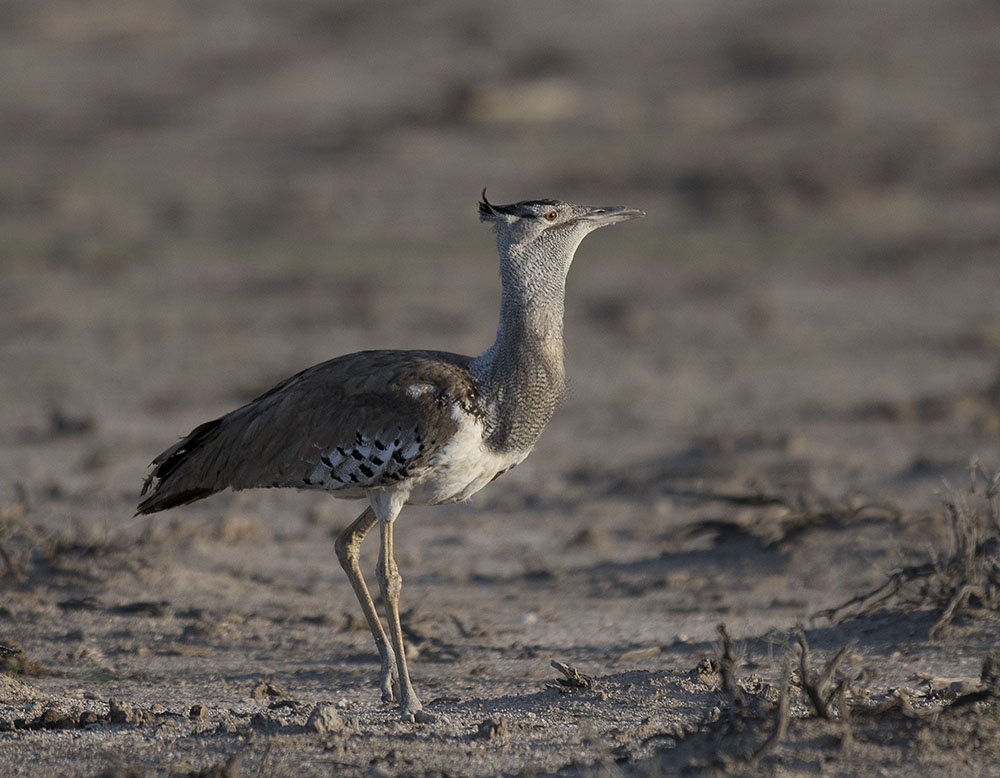
Wednesday, 10th
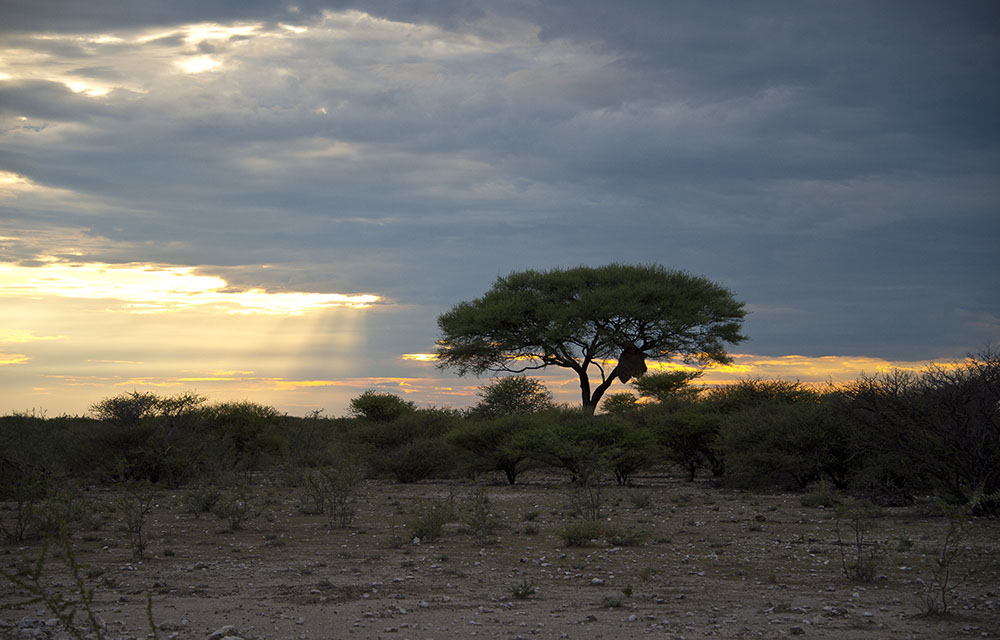
Today we move to Halali, the second camp at which we will be staying. Our adventures there will be related in Part 2 of this blog which will follow shortly……………….

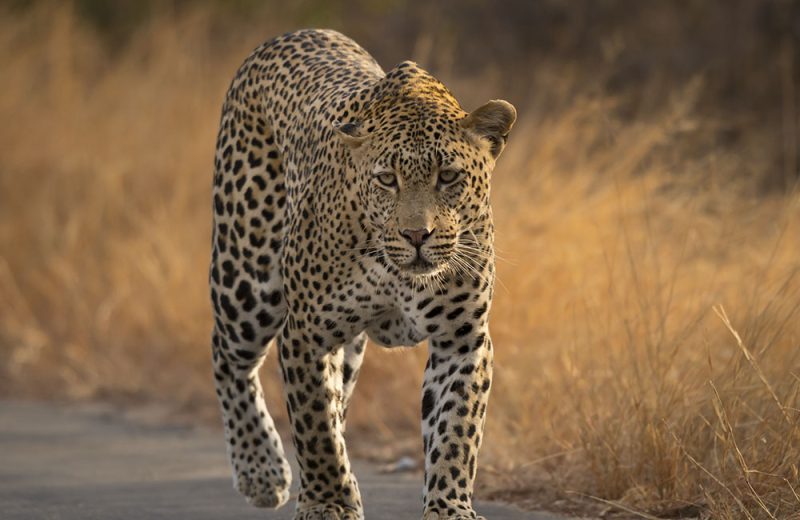

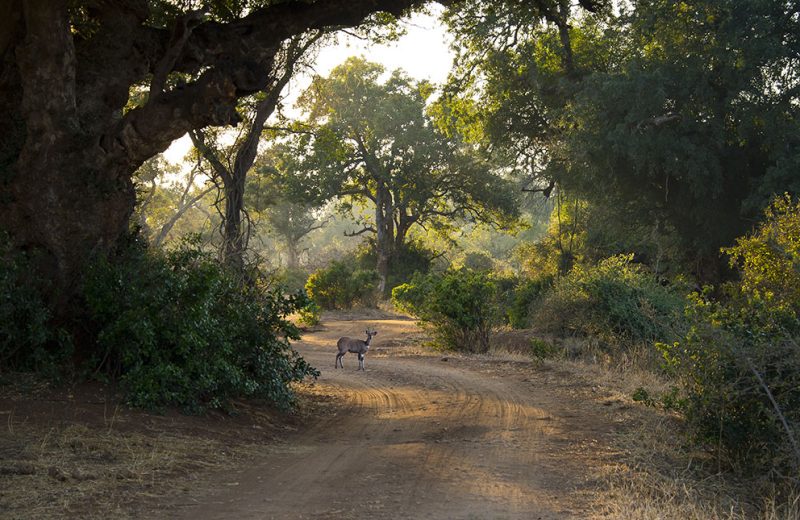
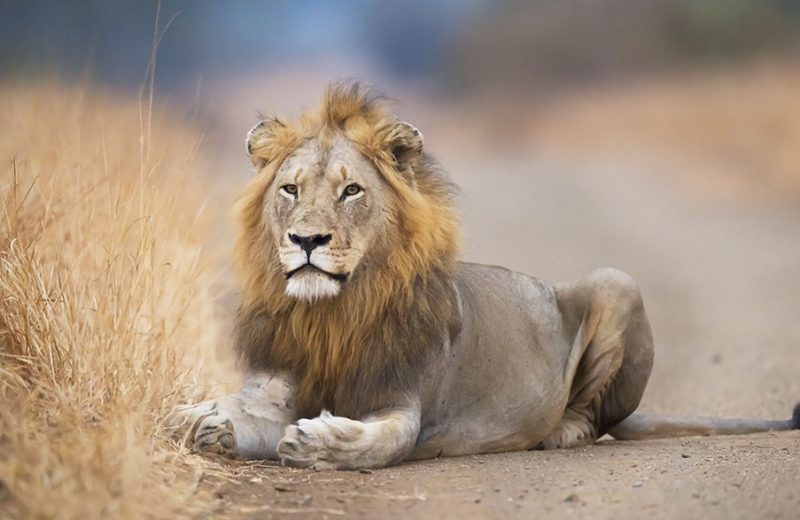
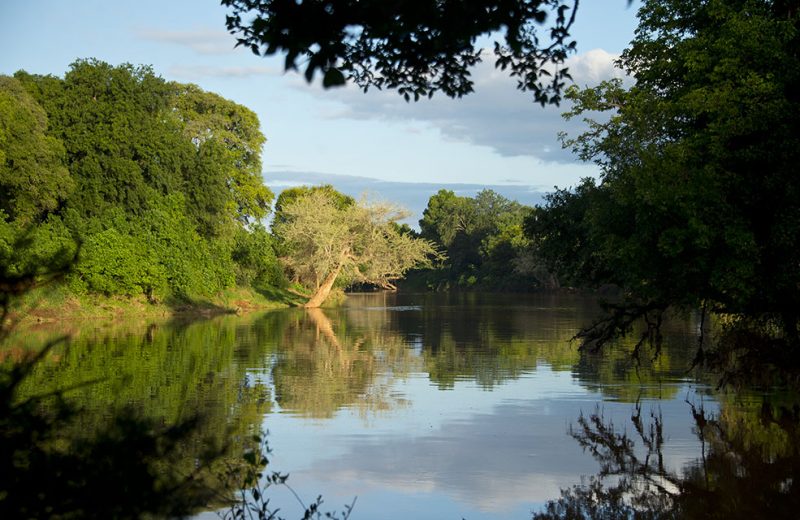
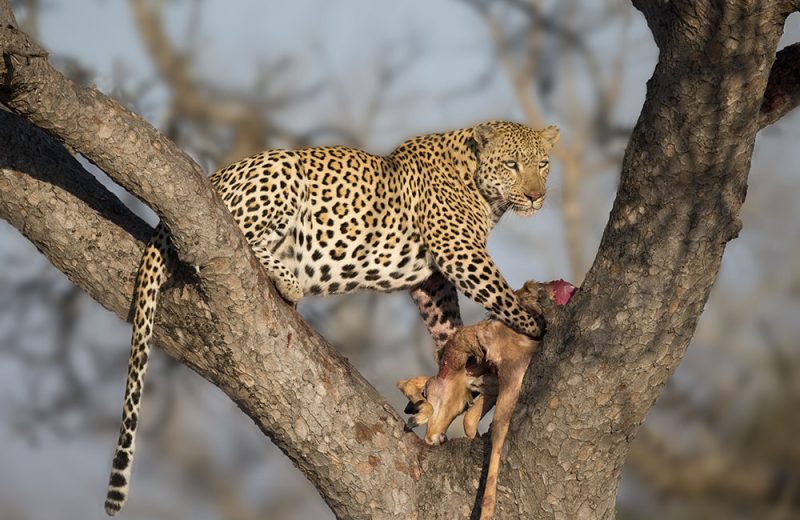
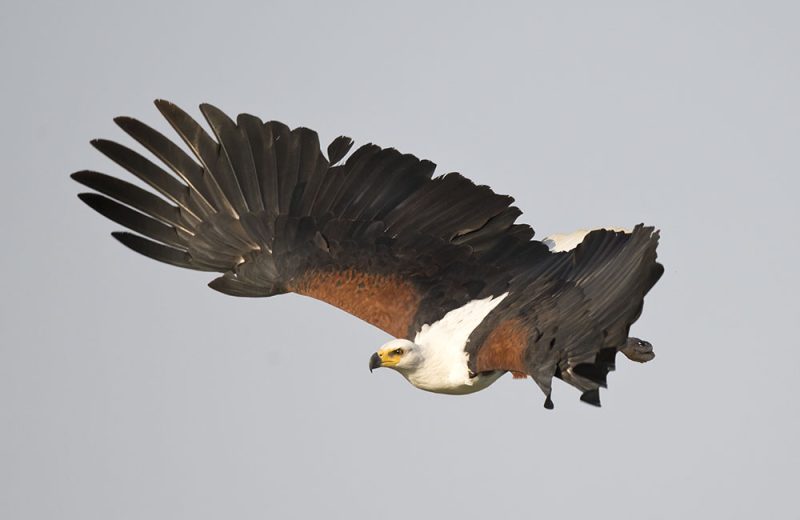
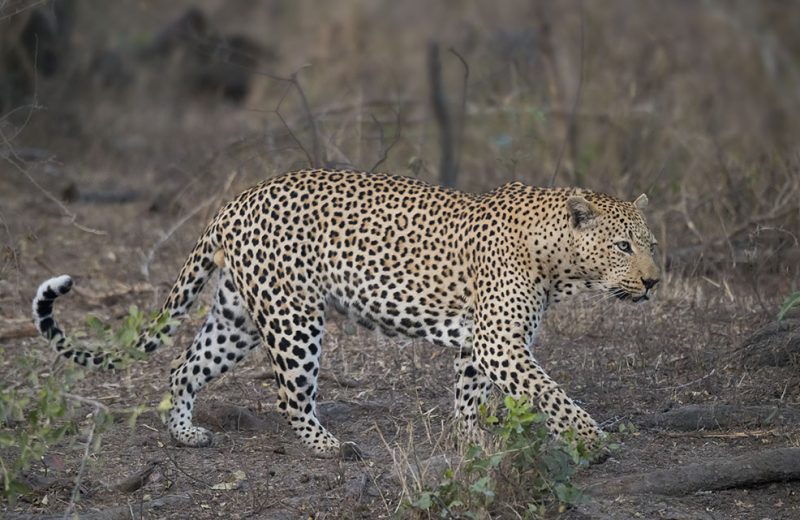
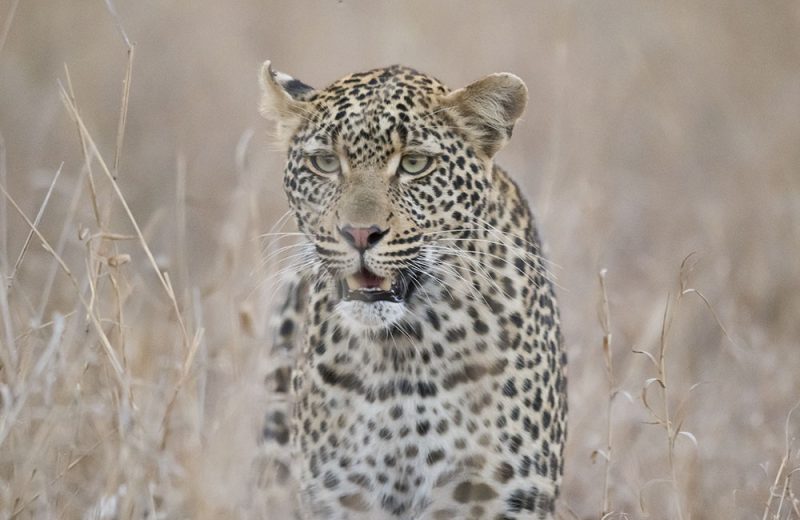

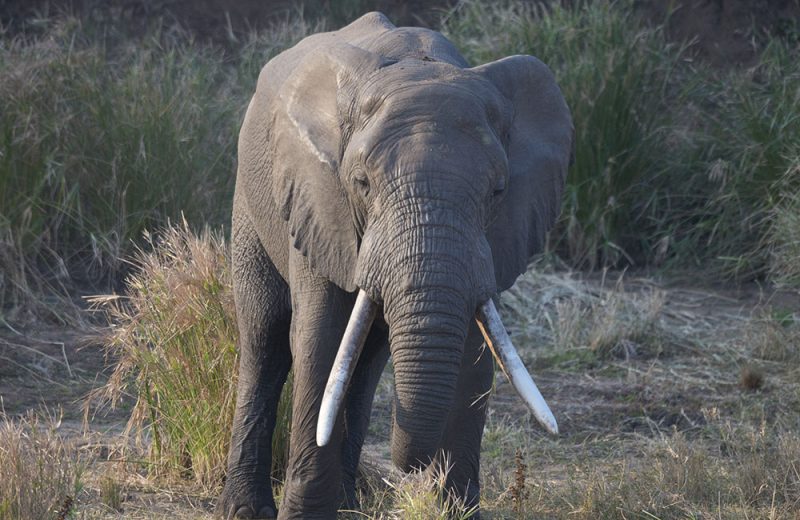
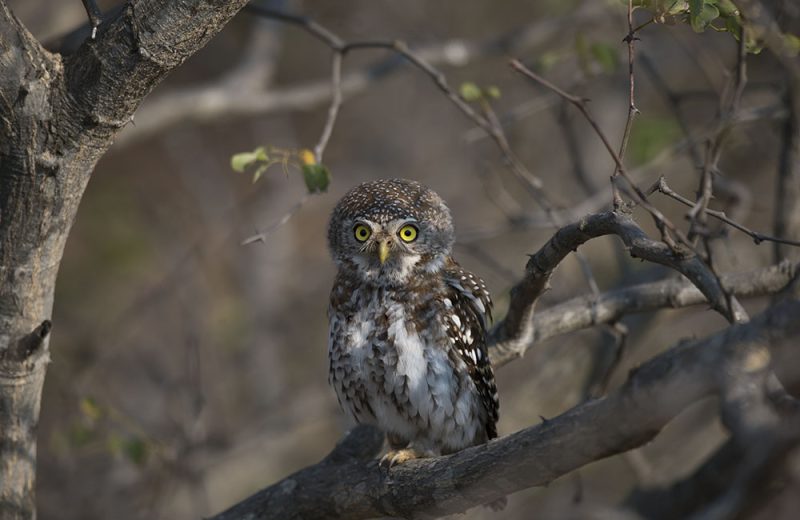
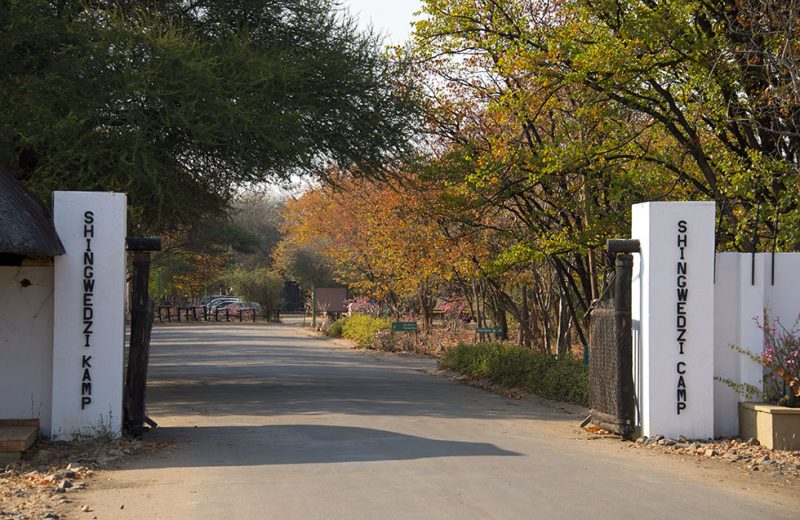
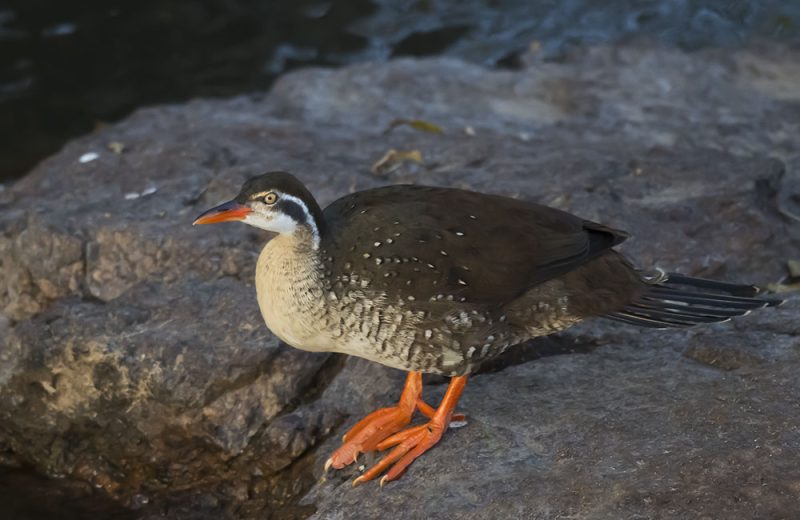
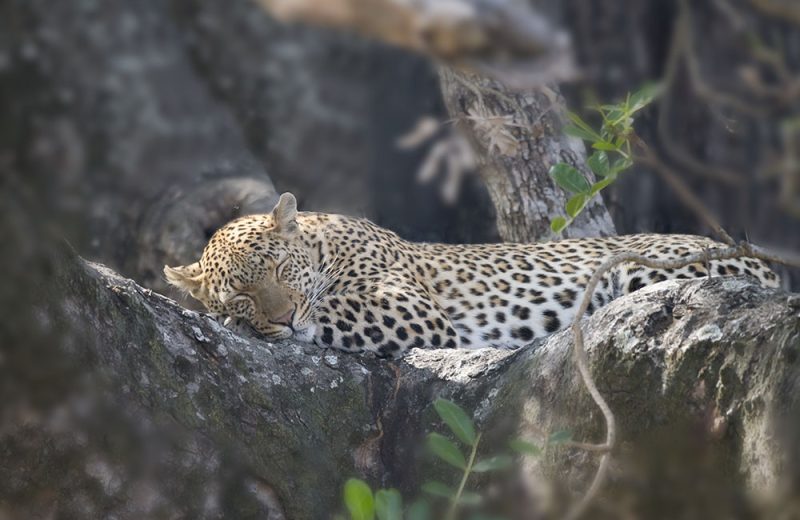
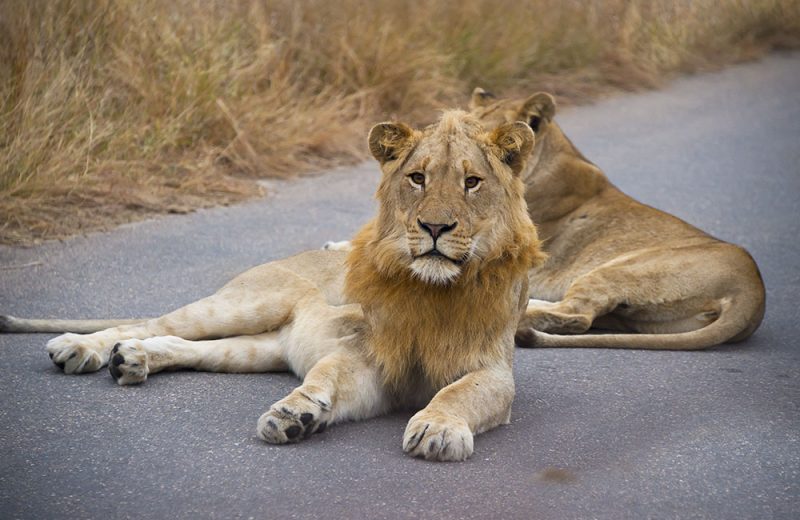
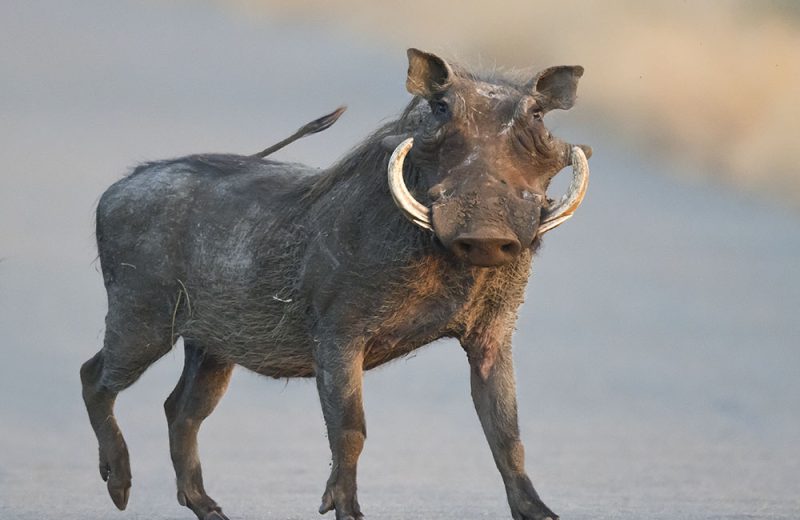
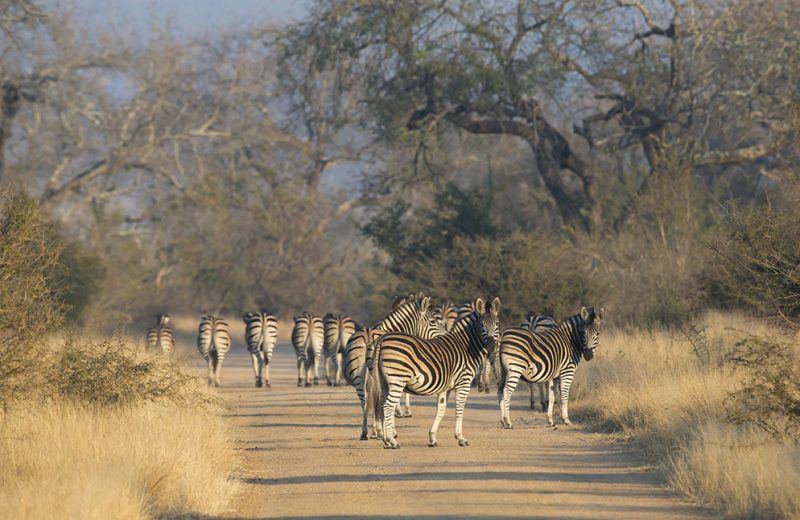

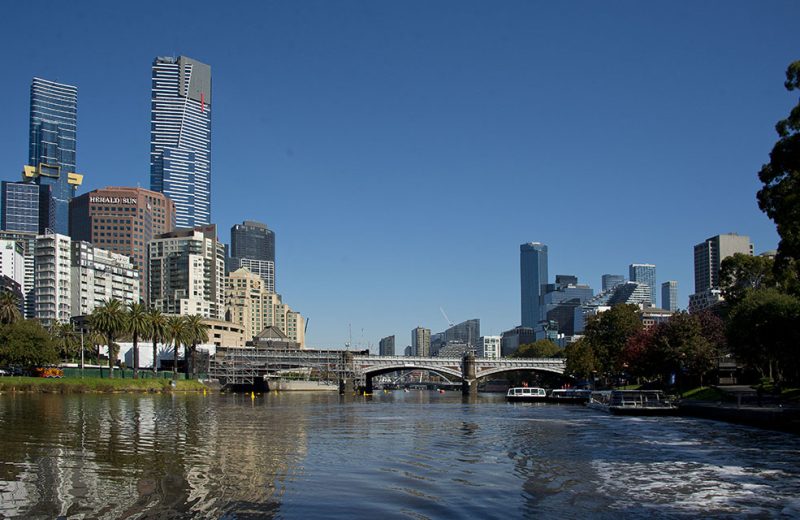
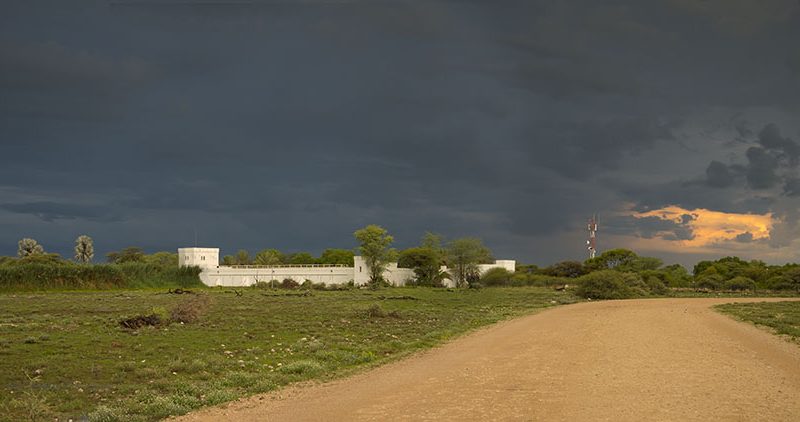
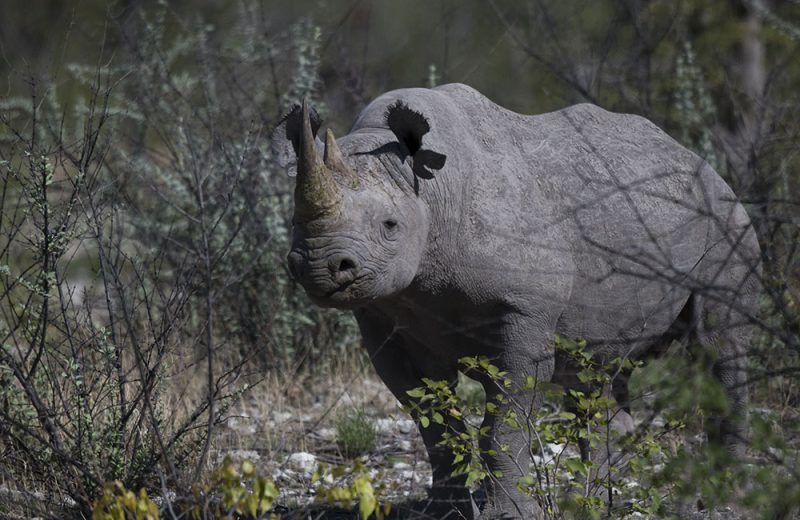
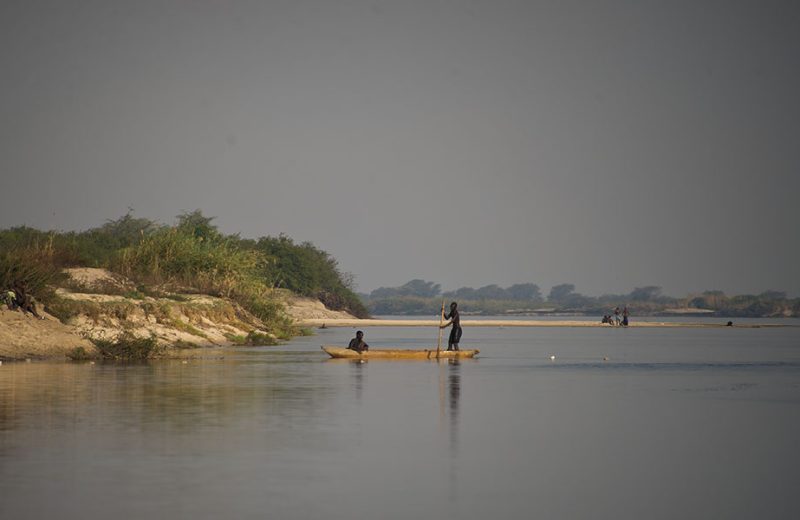
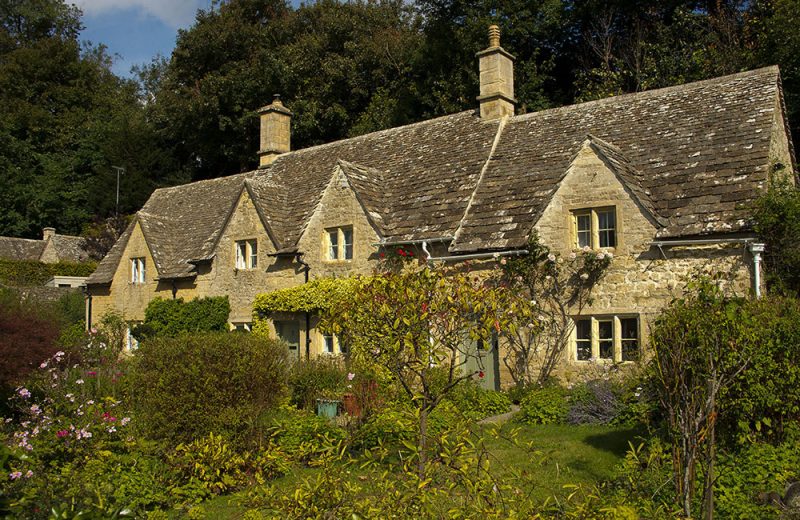
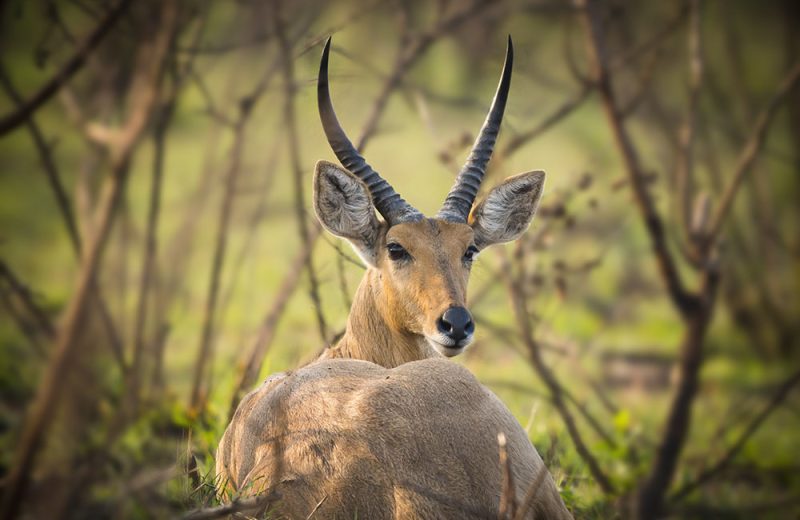
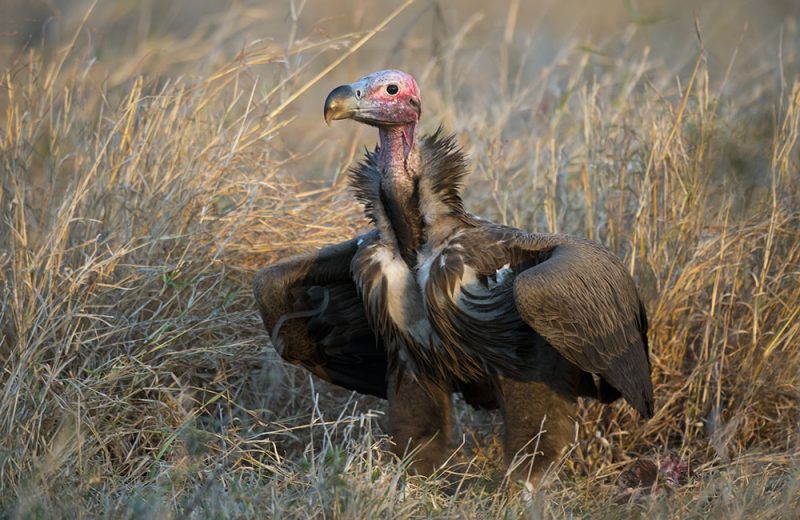
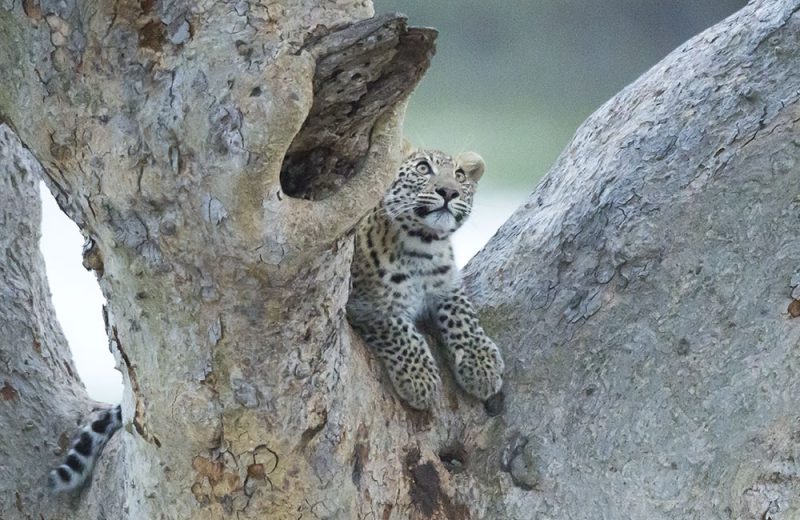
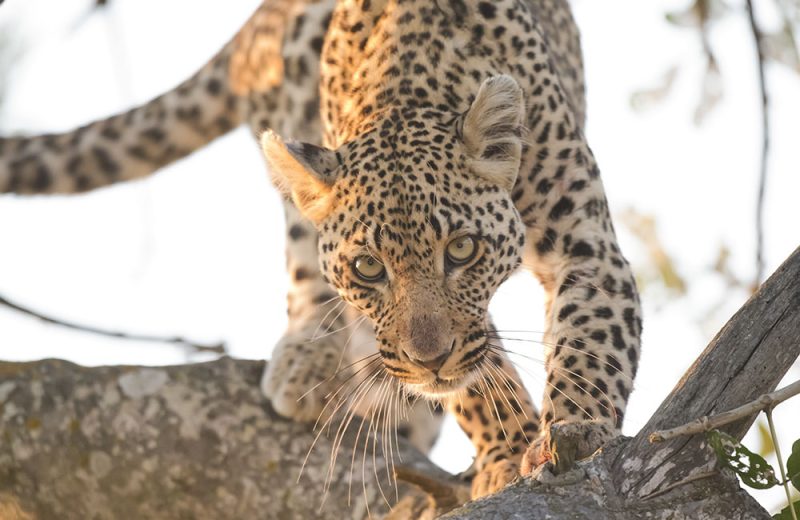
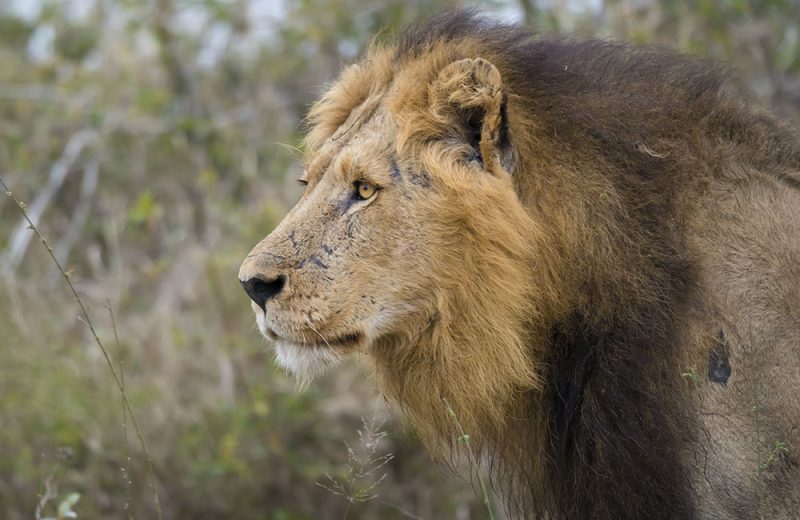
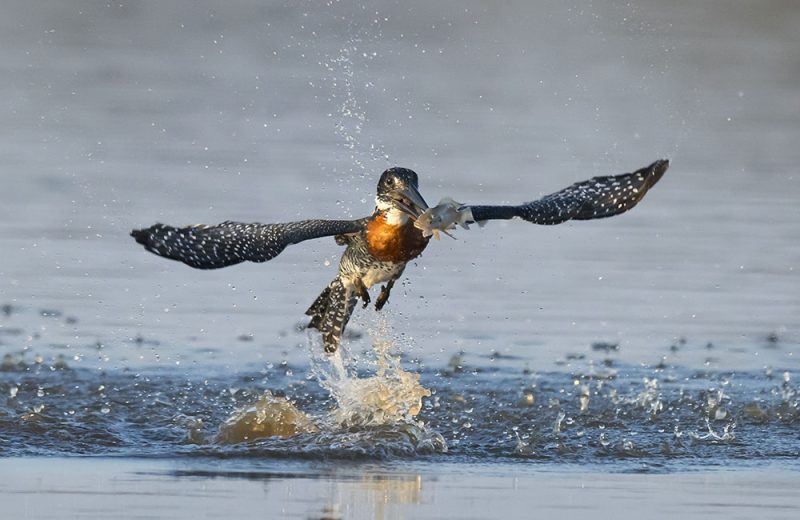
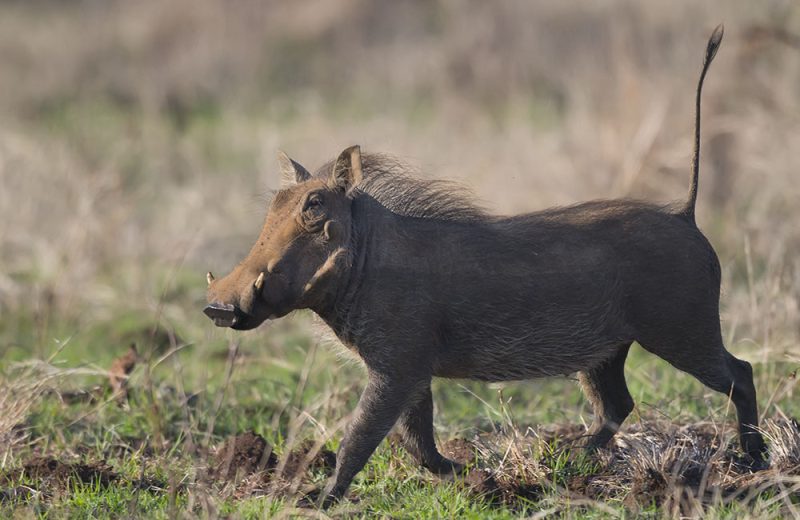
6 Comments
Katrin Welsh January 21, 2024 at 3:21 pm
Katrin and I are so pleased that you are back in your element with Steven. As always the photography and commentary is superb. We are flying to Cape Town this evening.
Hope to see you and Renette on our return to Kleinmond in March.
Best Regards, Bob and Katrin
Richard Grant January 22, 2024 at 10:17 am
Looking forward to seeing you soon Bob and Katrin.
Richard Grant January 23, 2024 at 6:51 am
Yes Dave, Namibia certainly has something going for it.
Don Barclay January 23, 2024 at 9:52 am
As usual, an excellent and informative account Richard, thanks
Richard Grant January 23, 2024 at 3:58 pm
Thanks Ann, we had a superb trip.
Tony Clarkson January 29, 2024 at 9:47 am
Hi Fred As usual I throughly enjoyed your blogg. I especially the photo of the fully coloured up Chestnut Weaver .Tony Clarkson